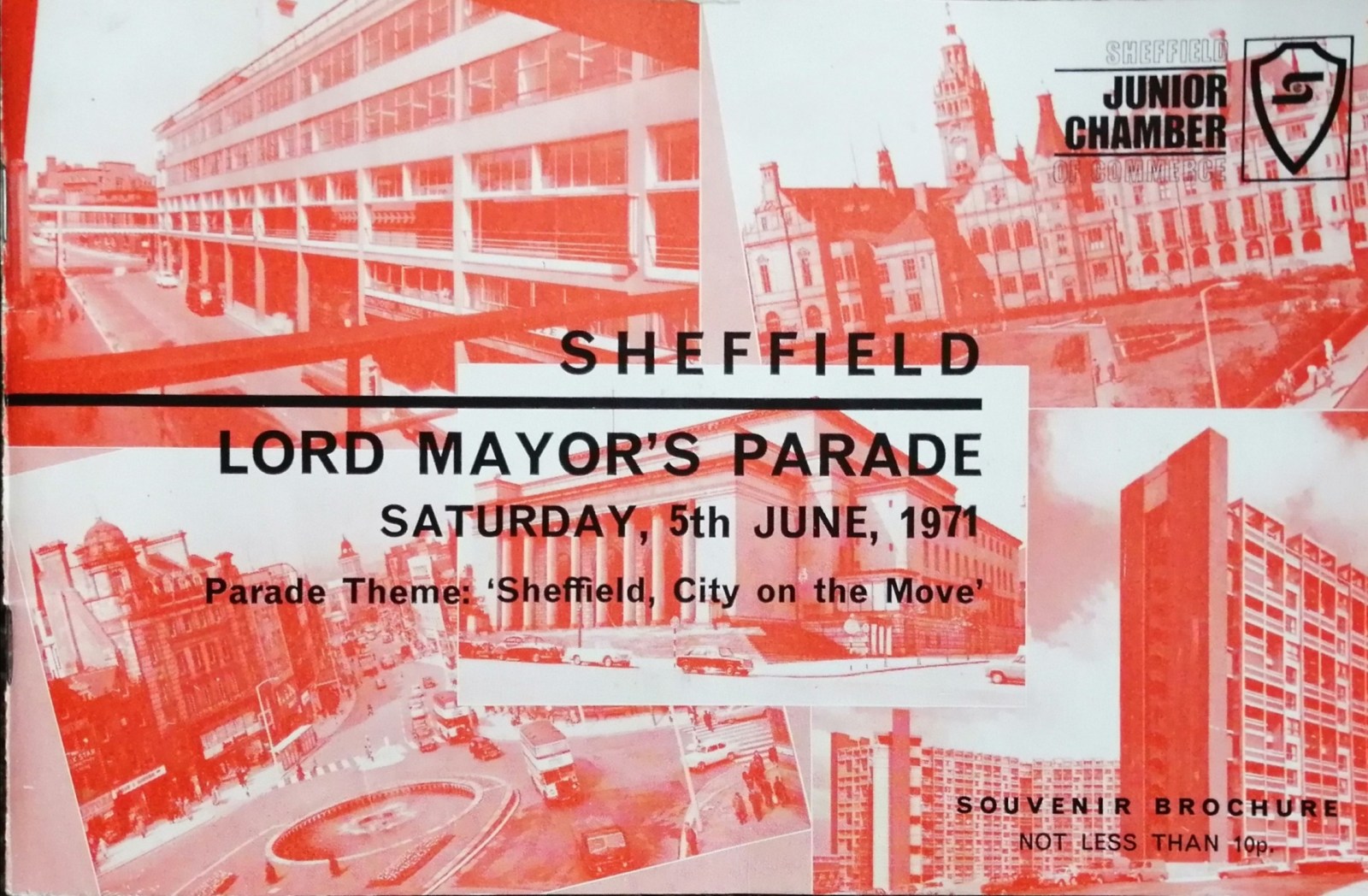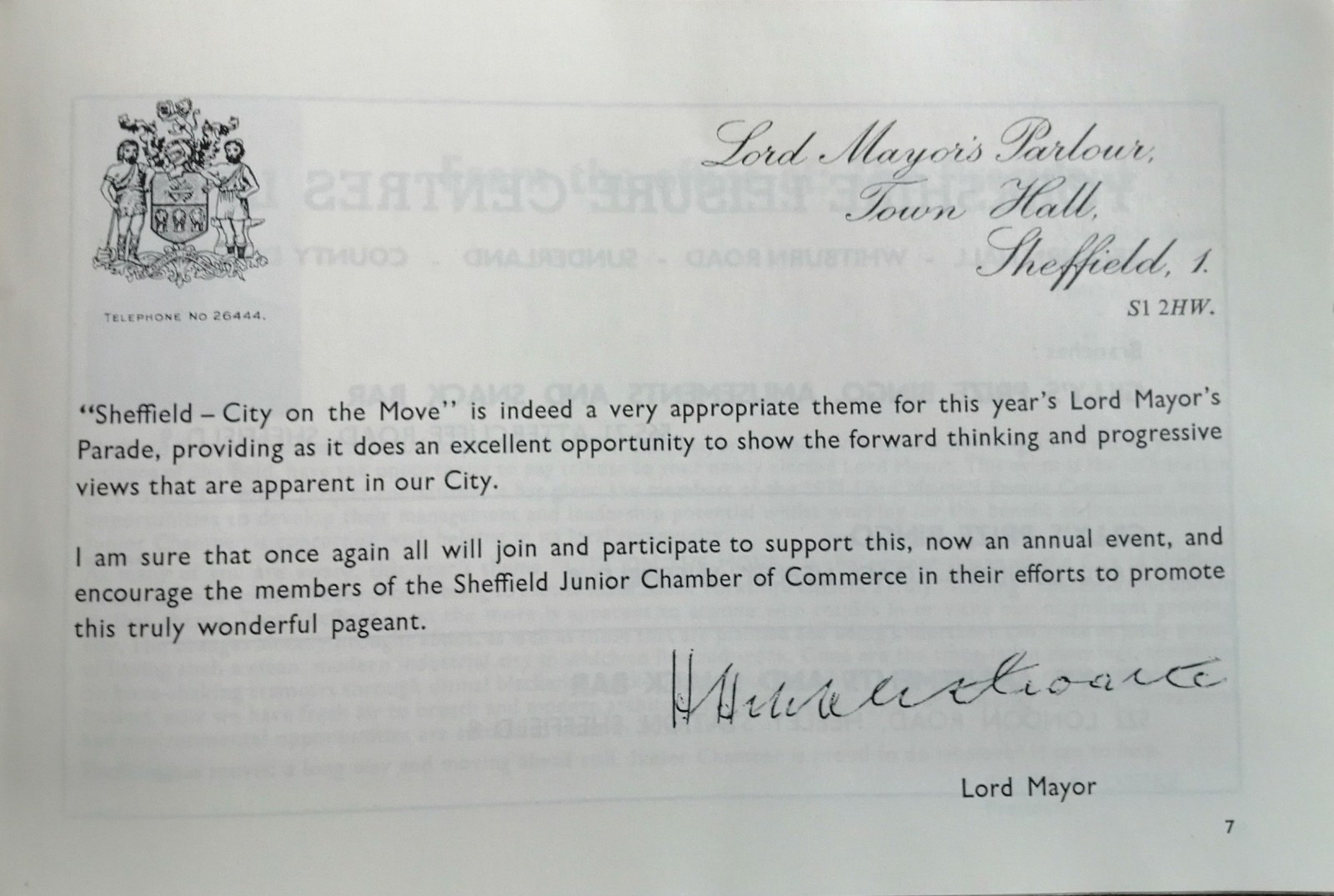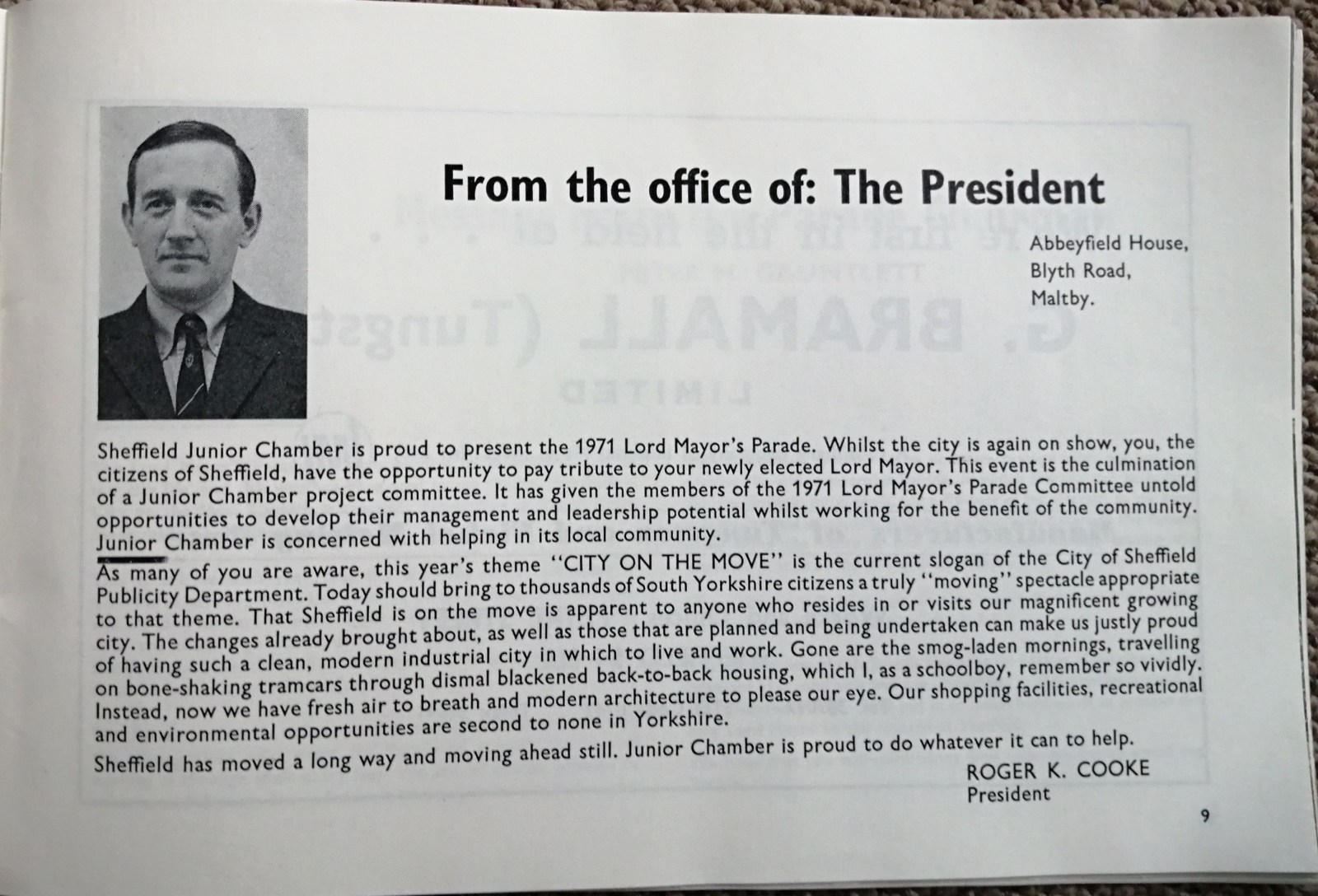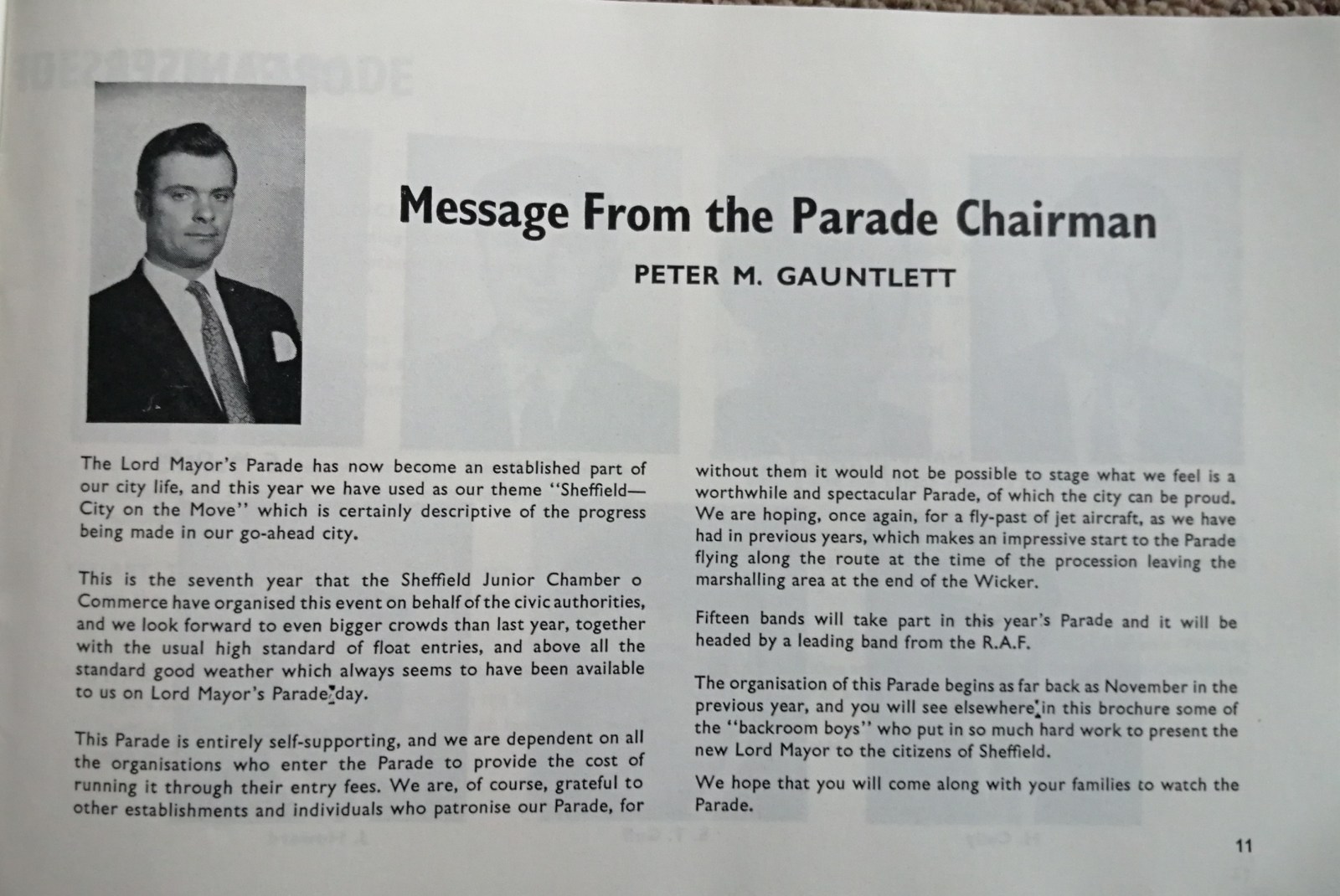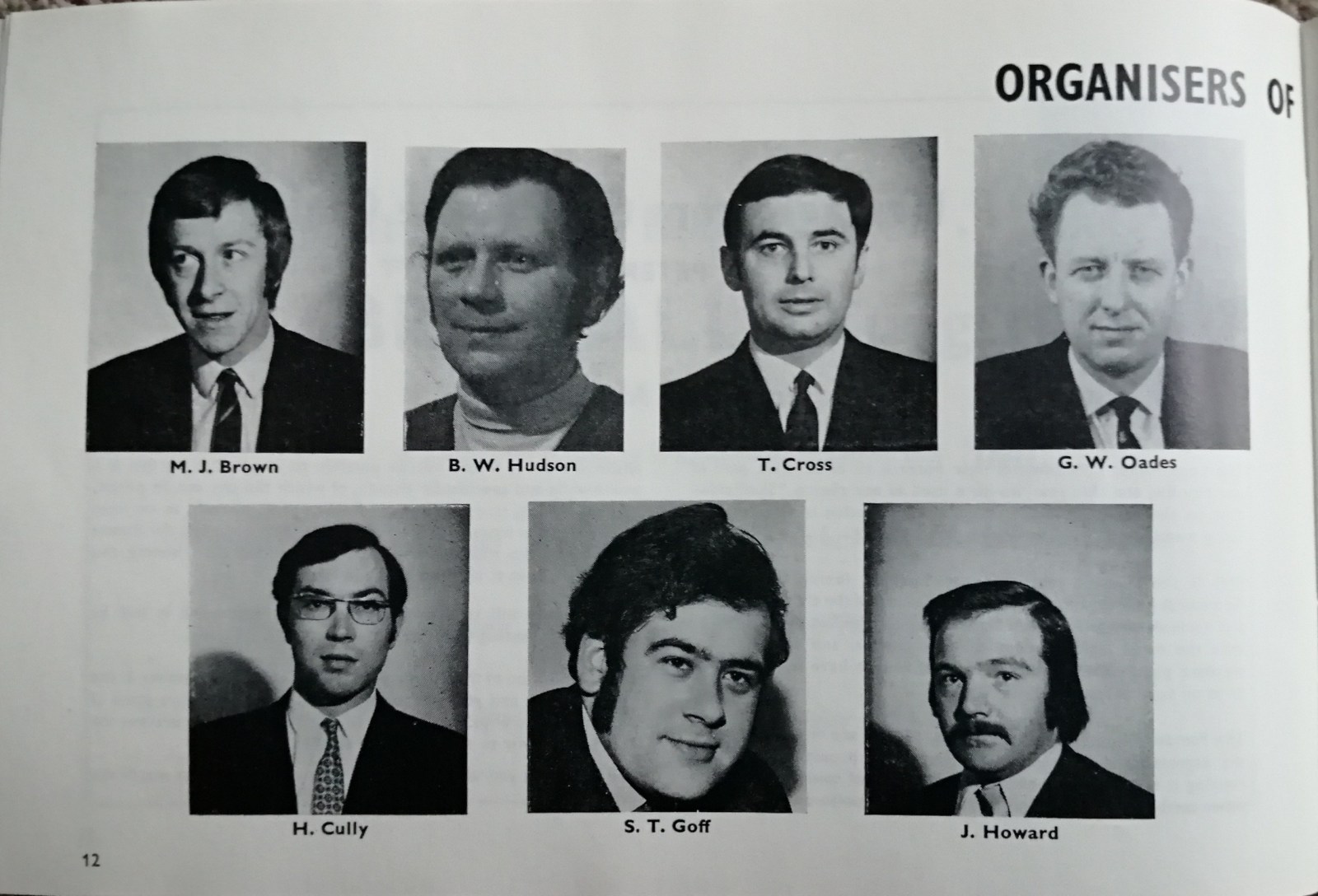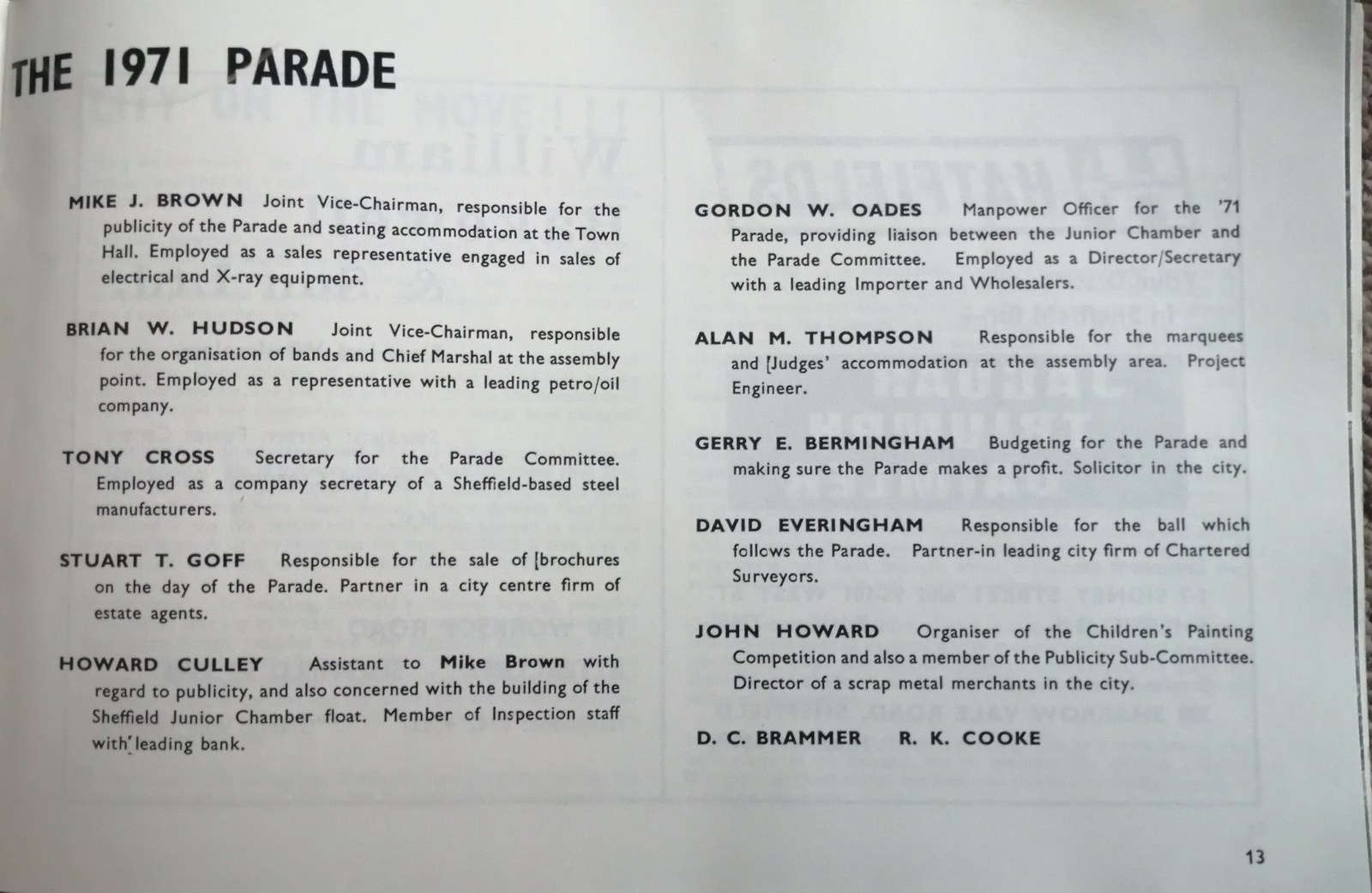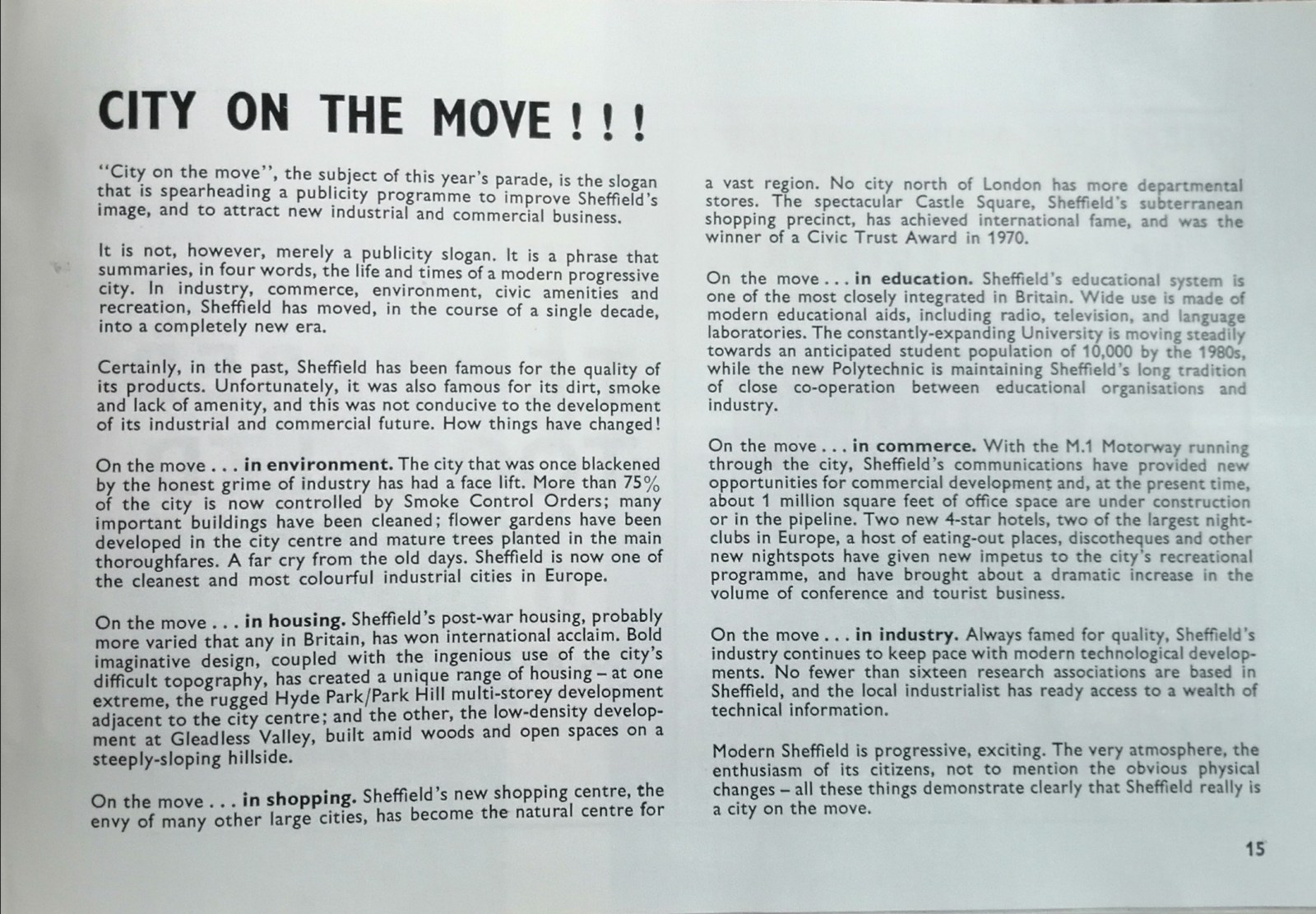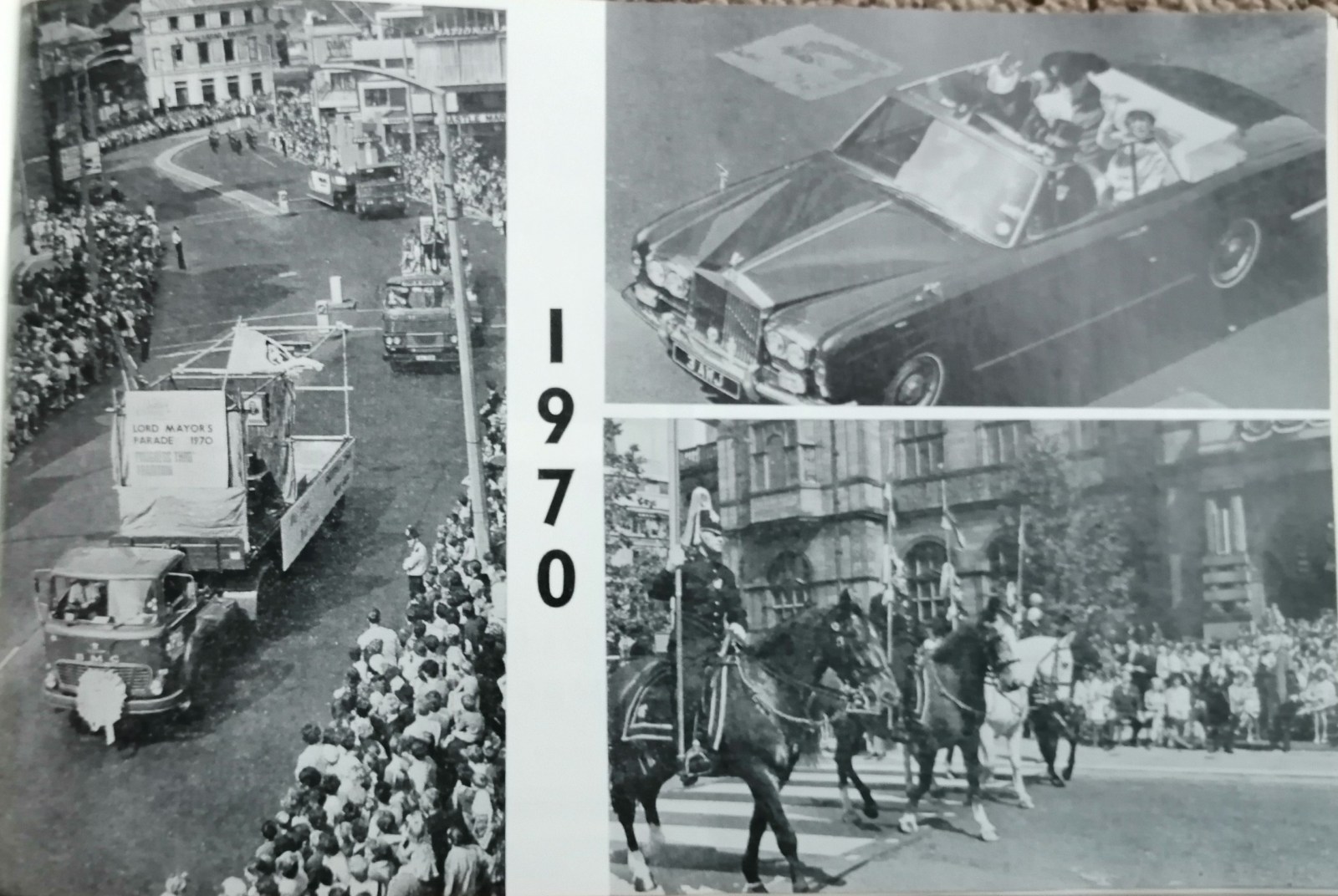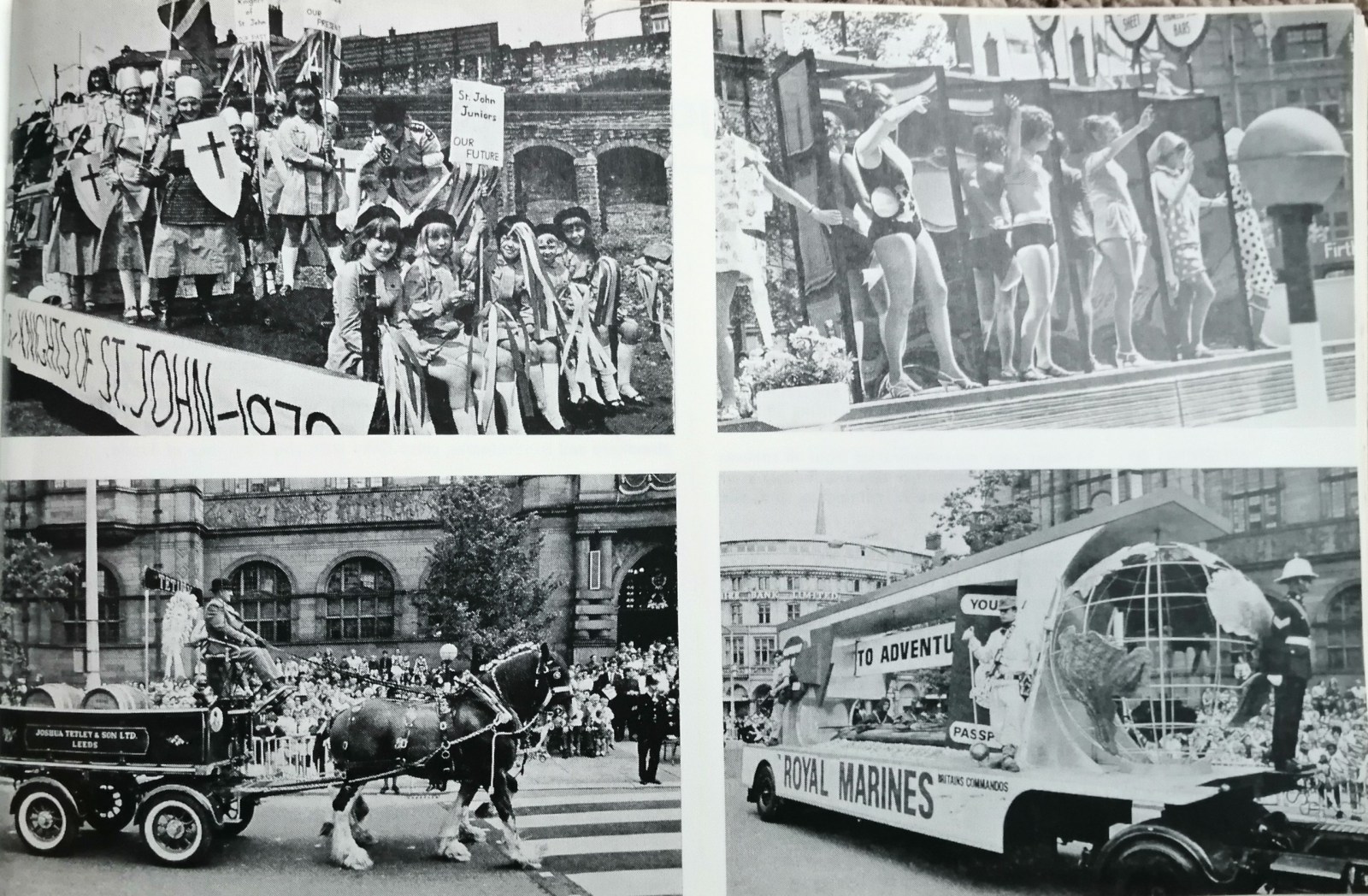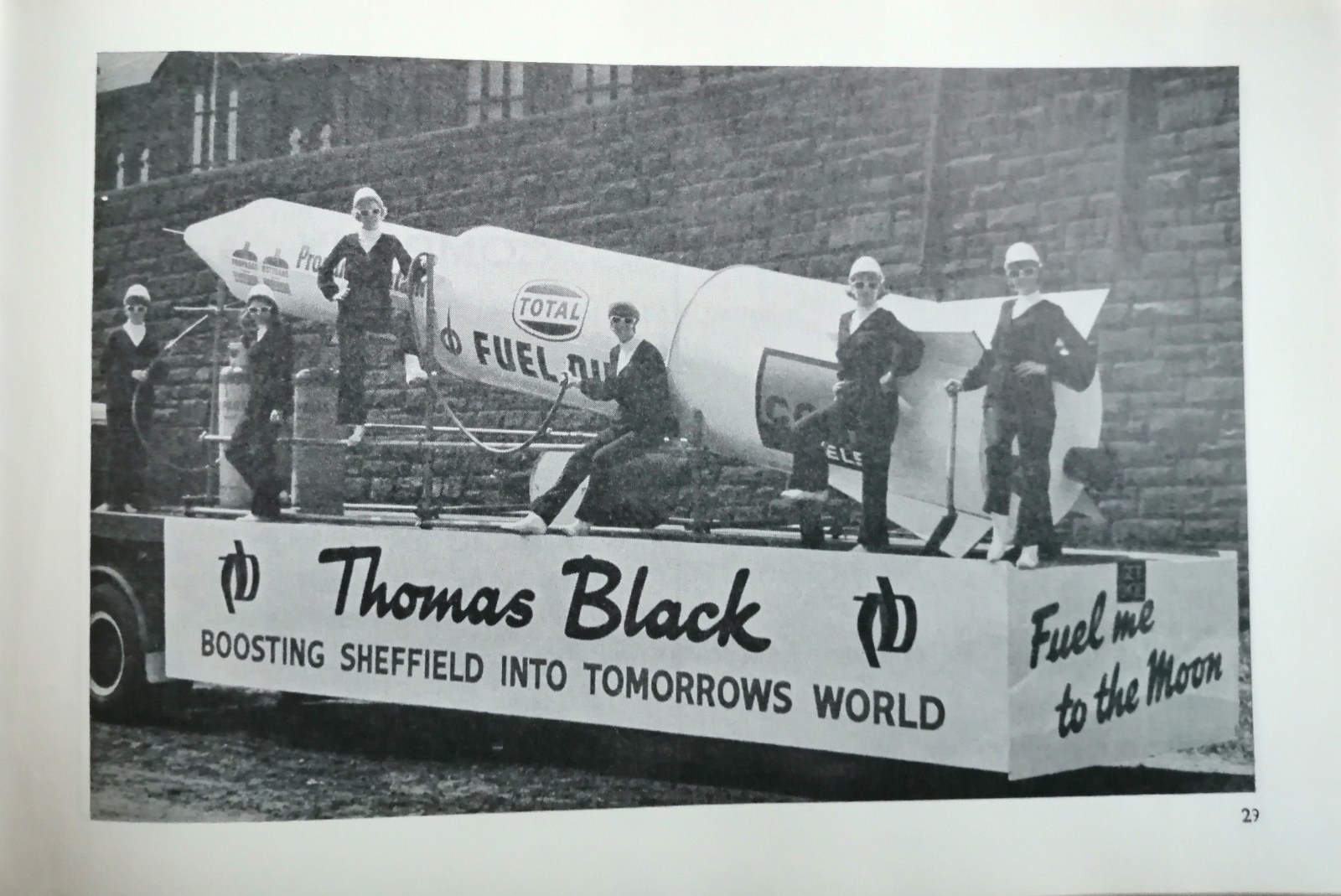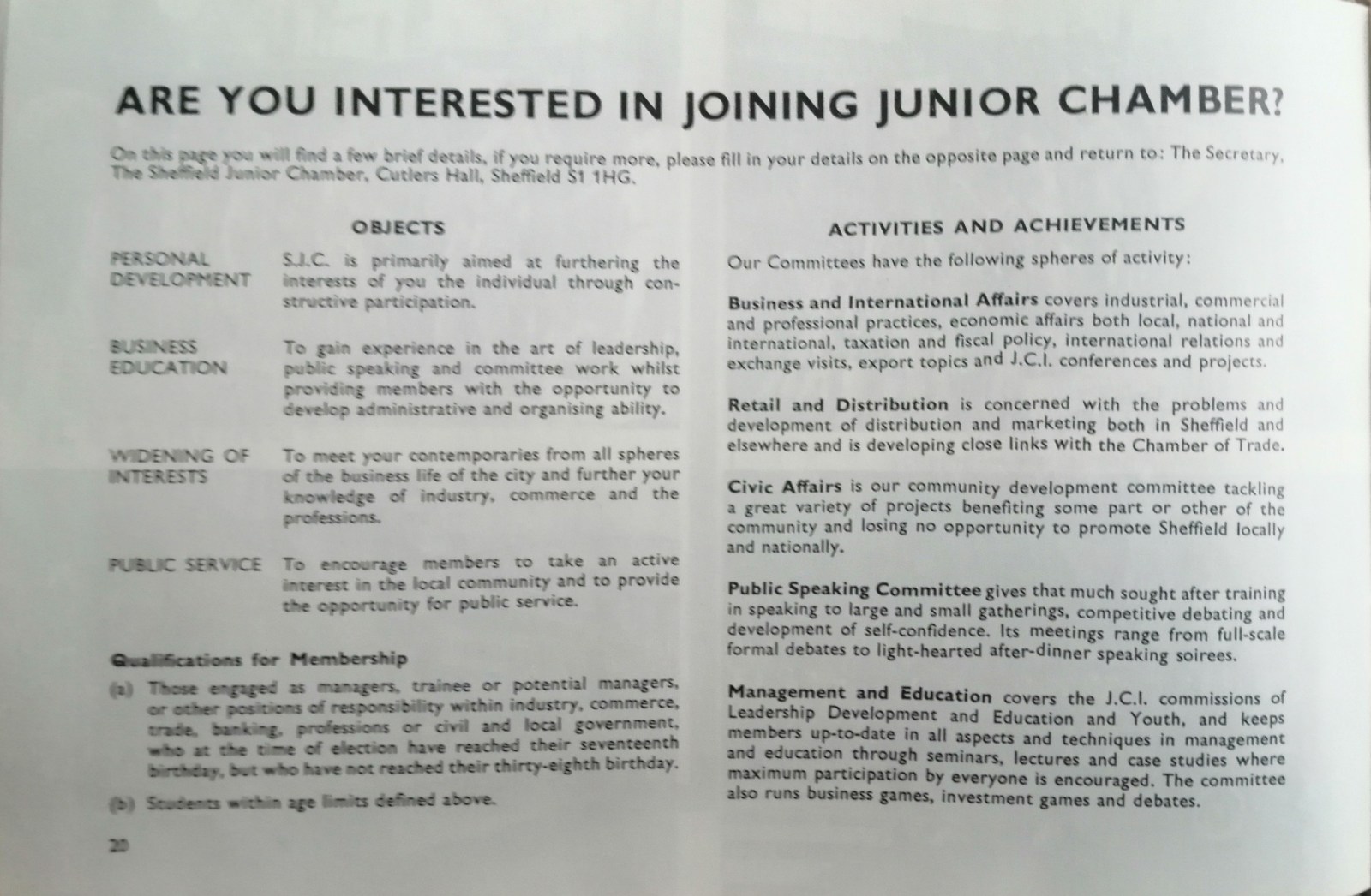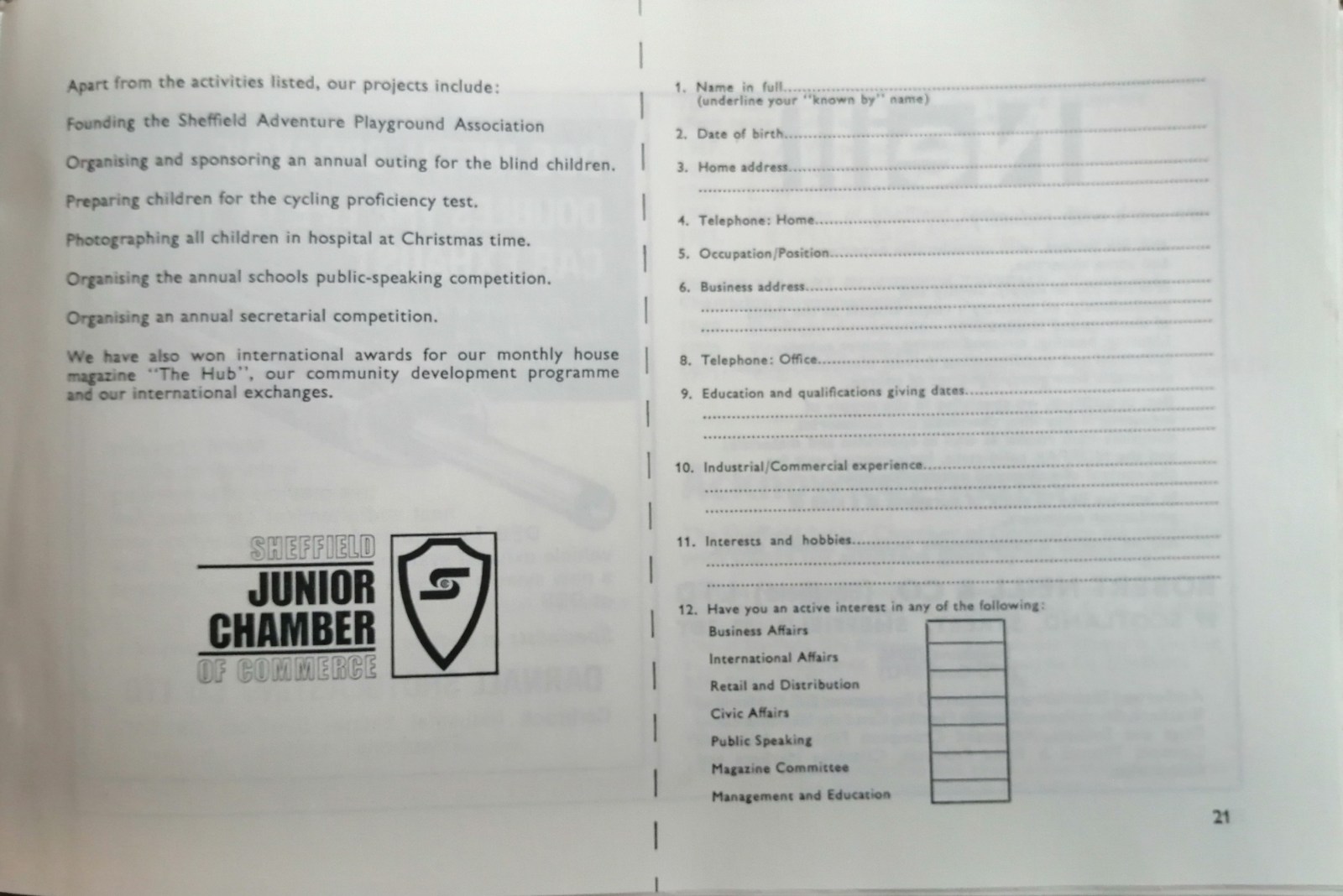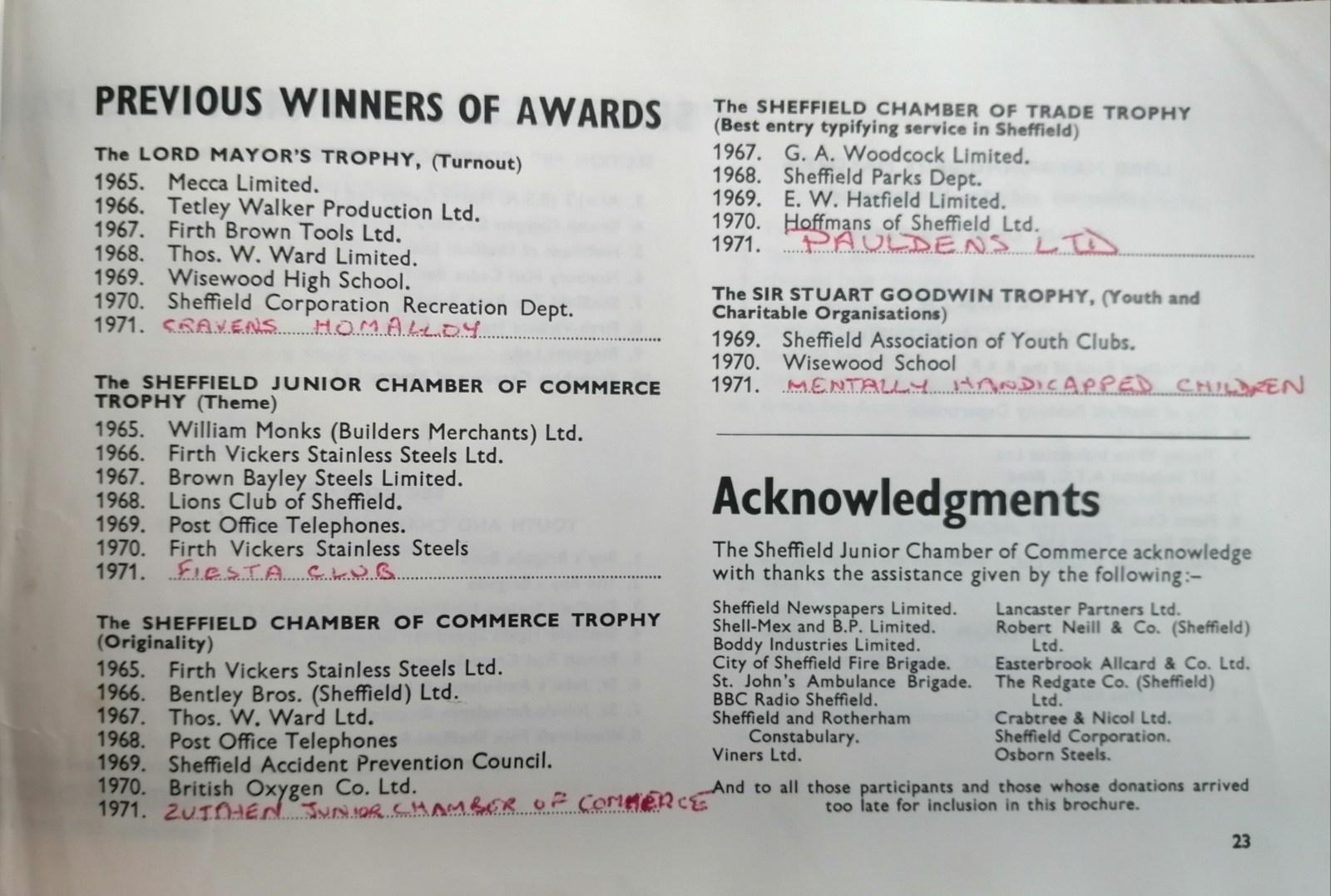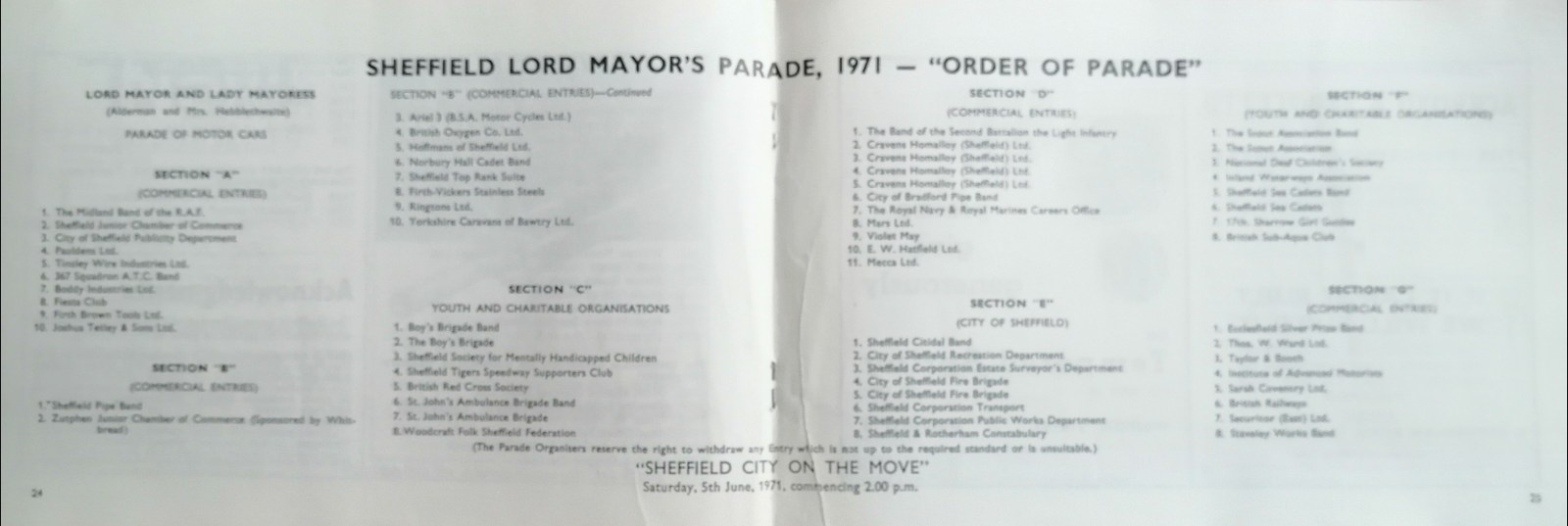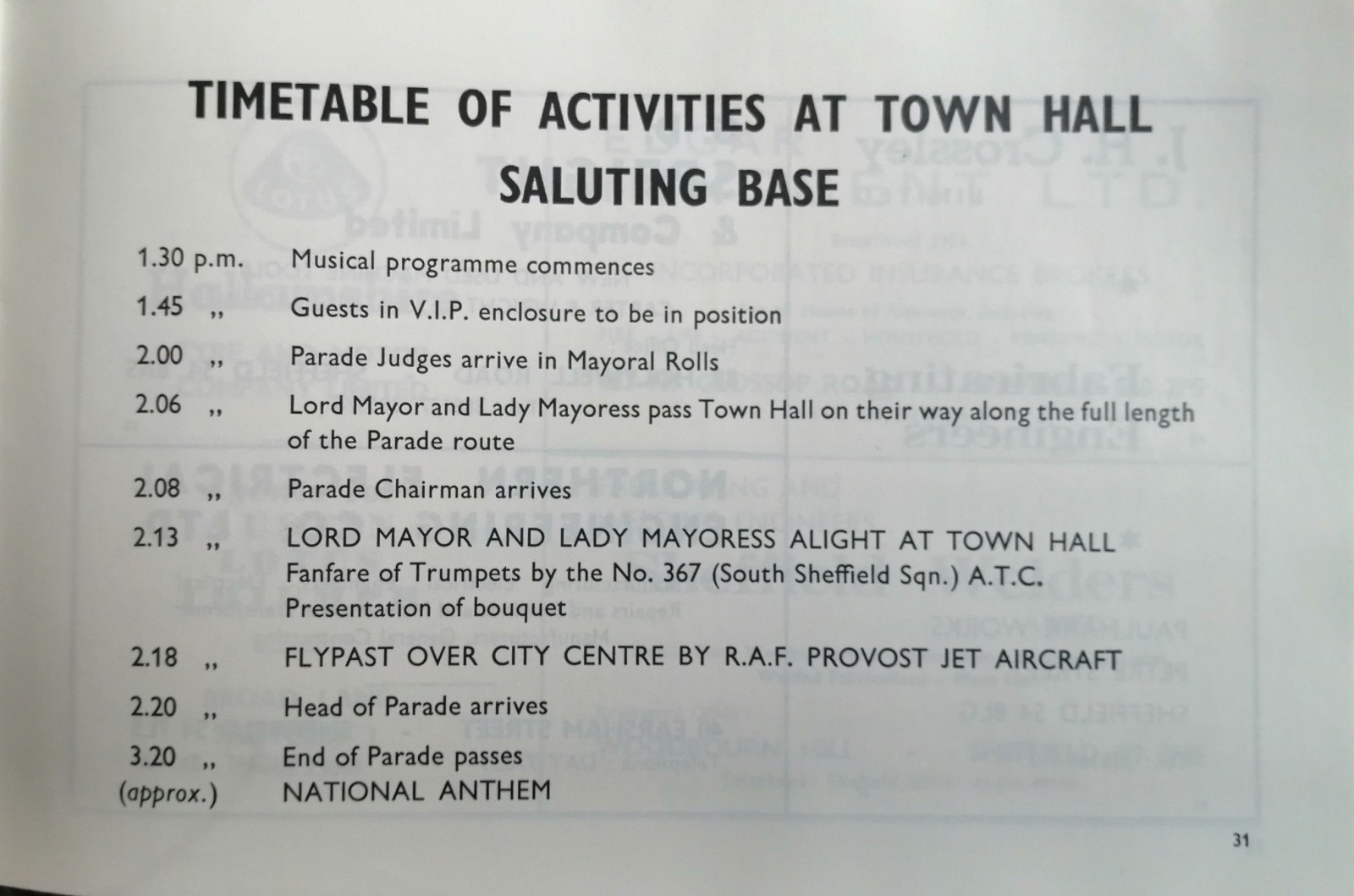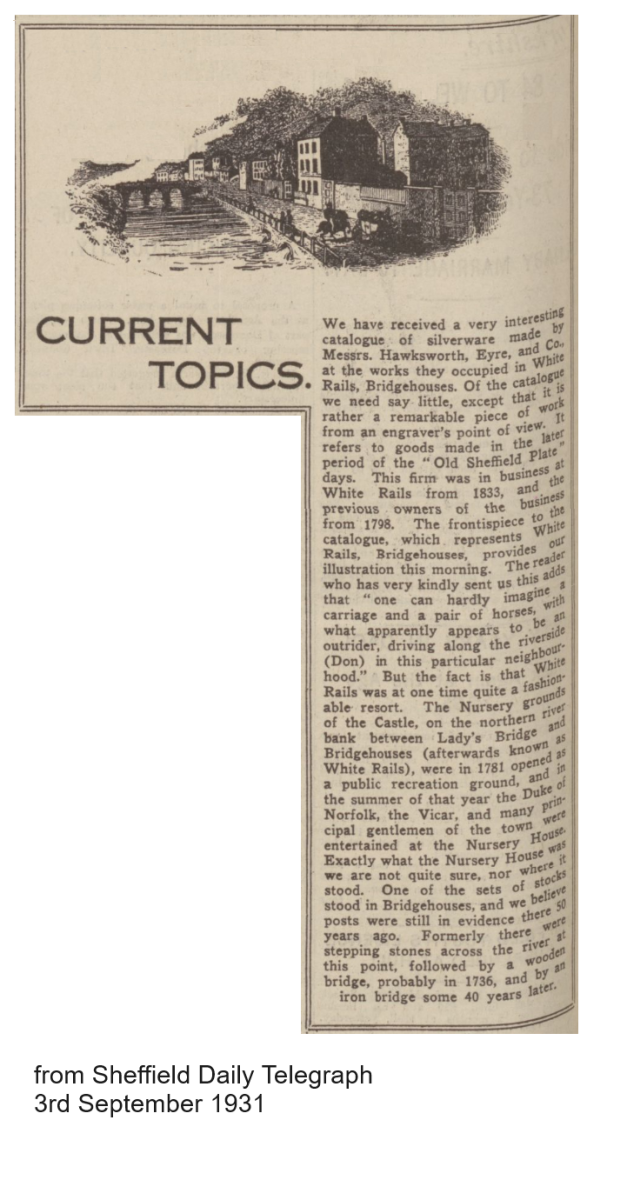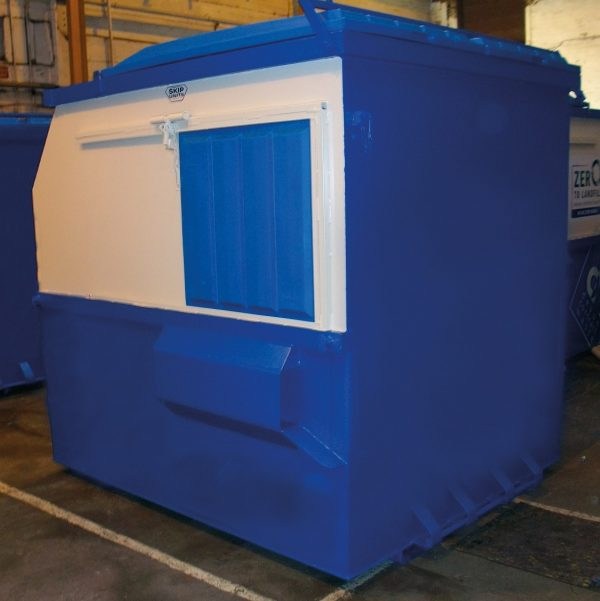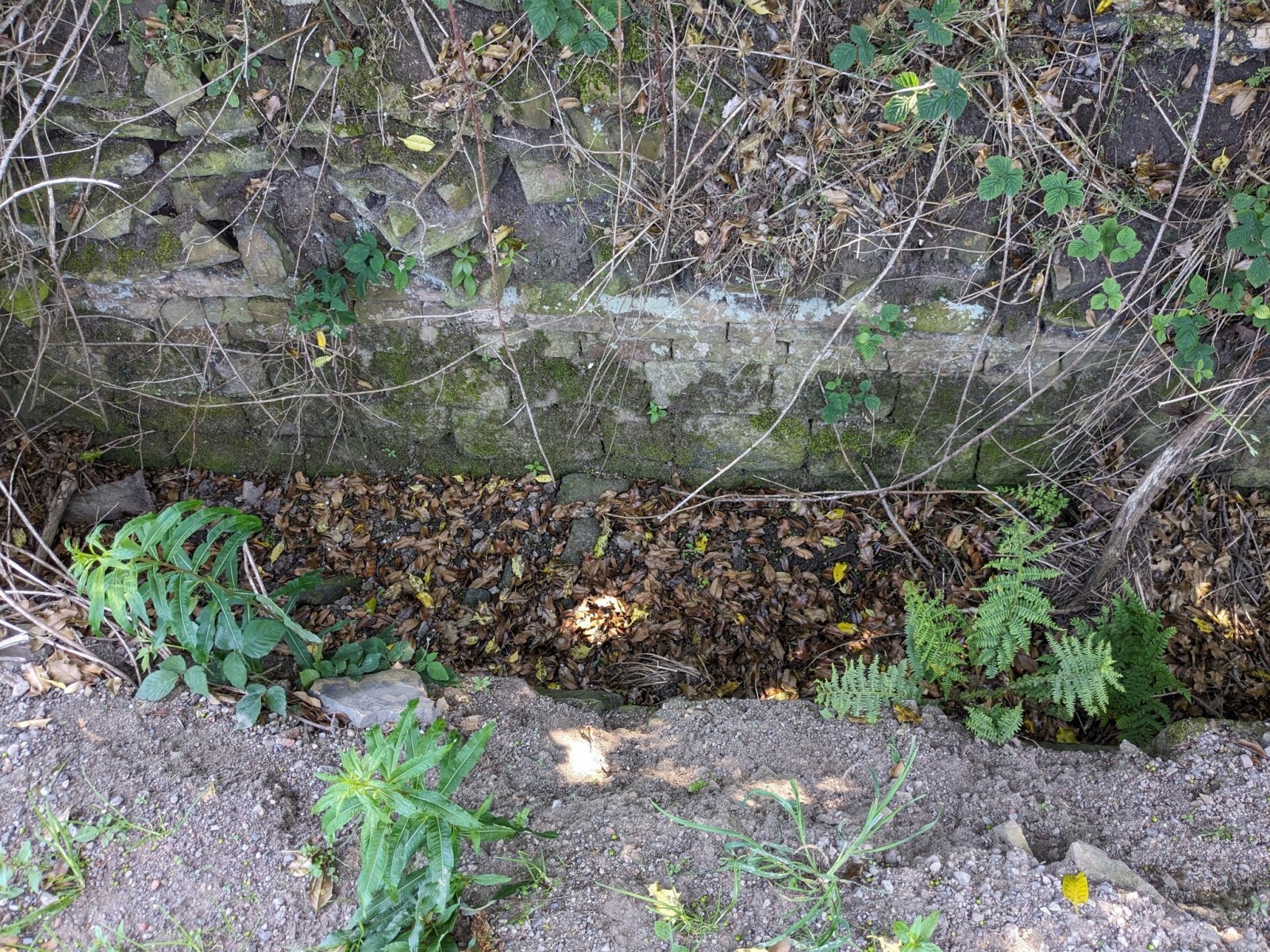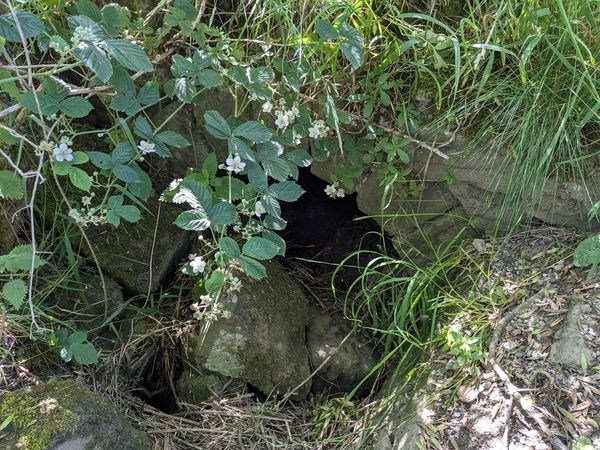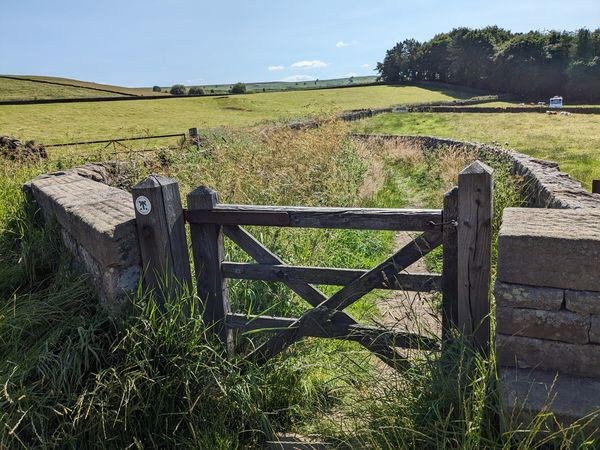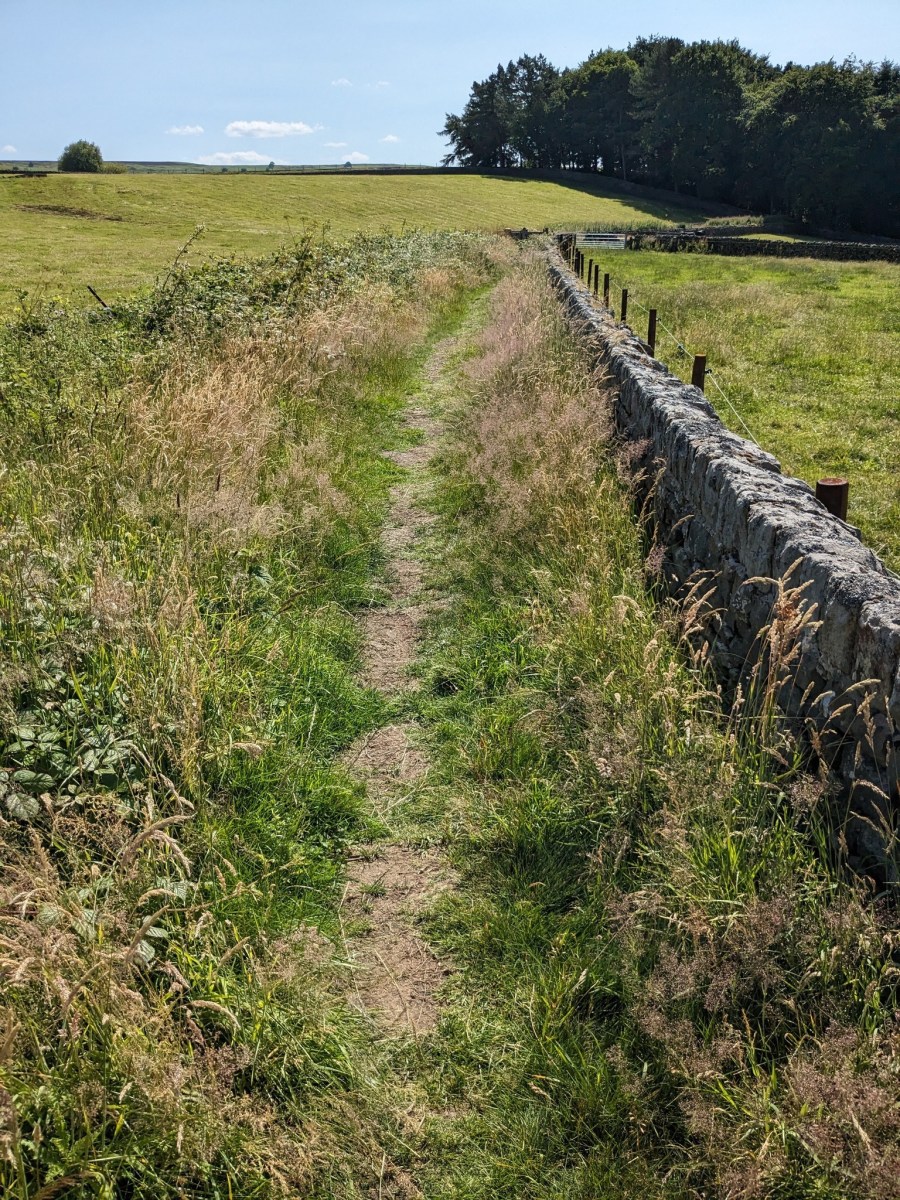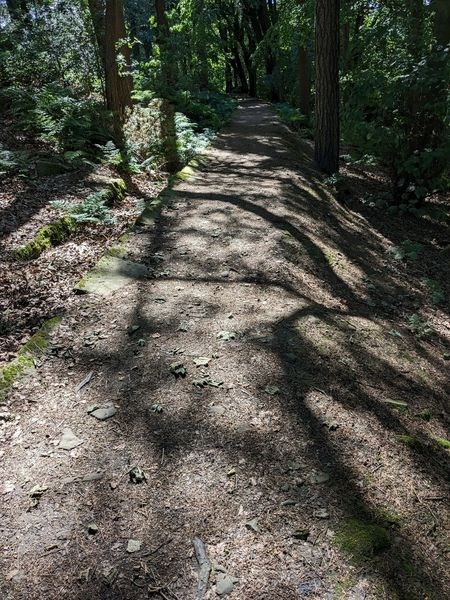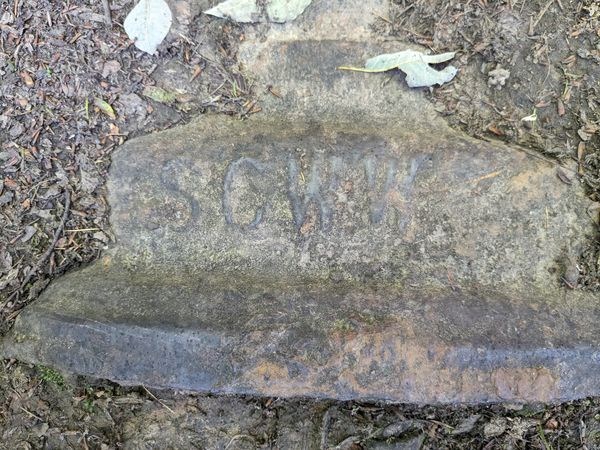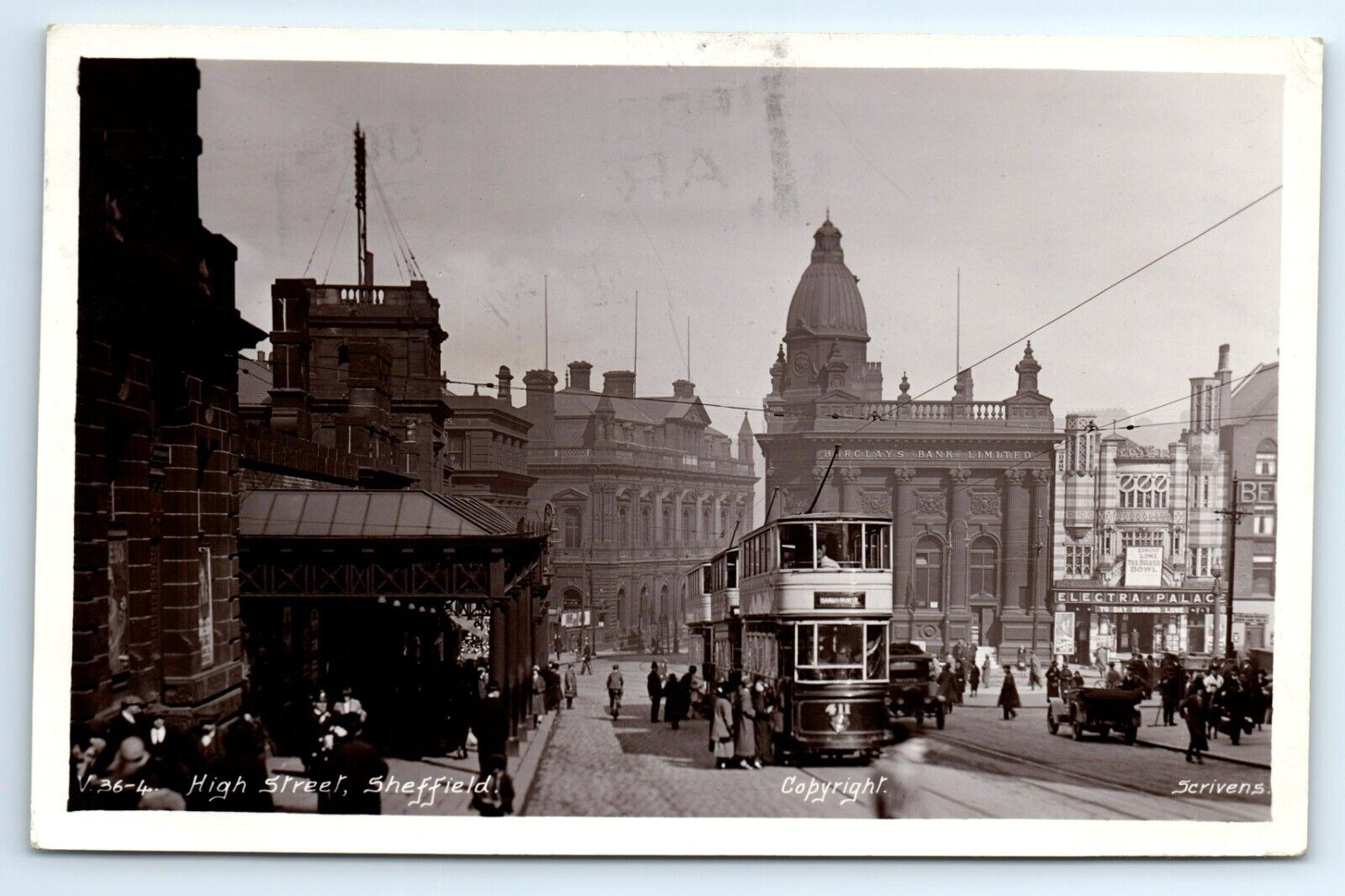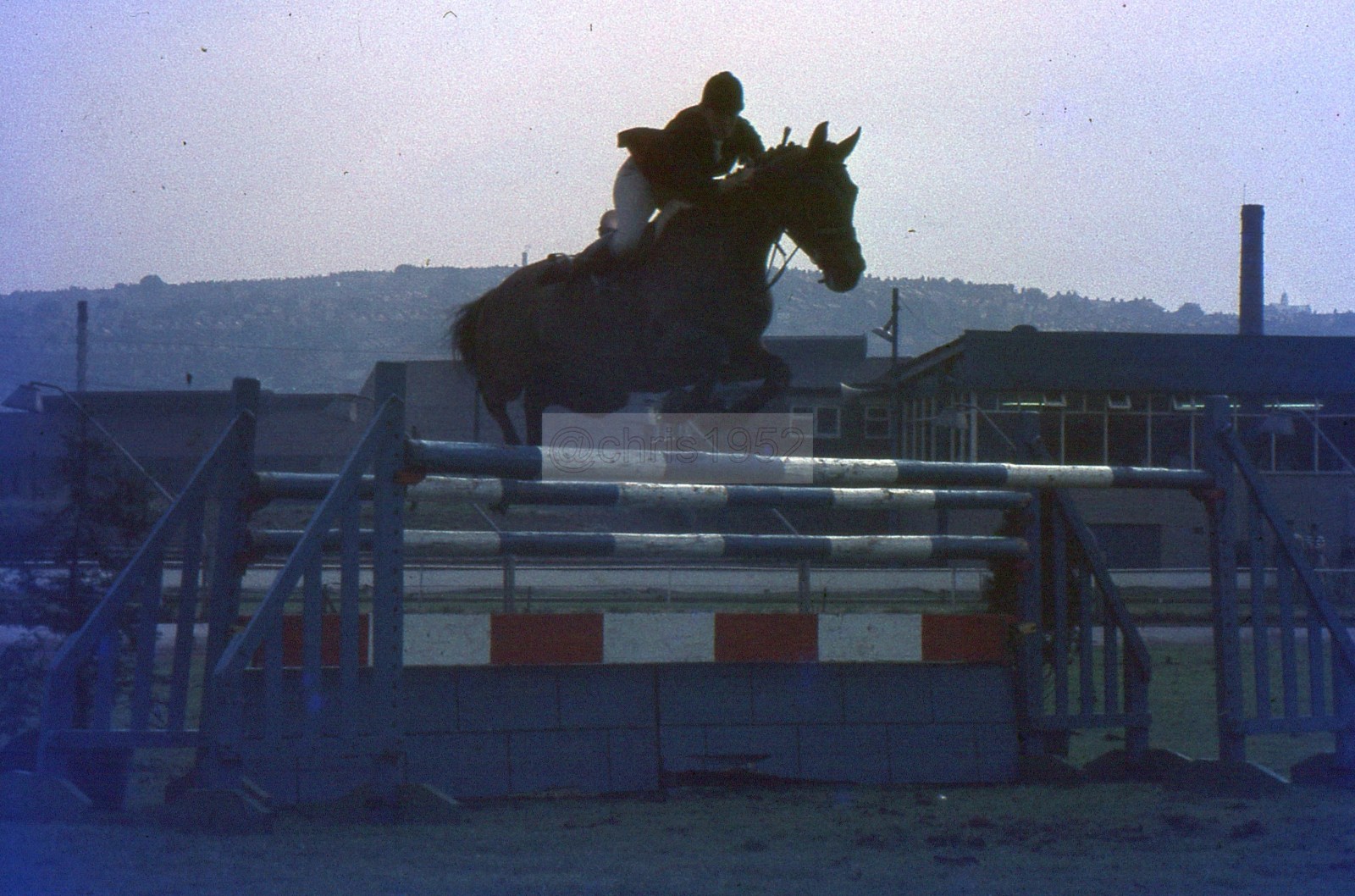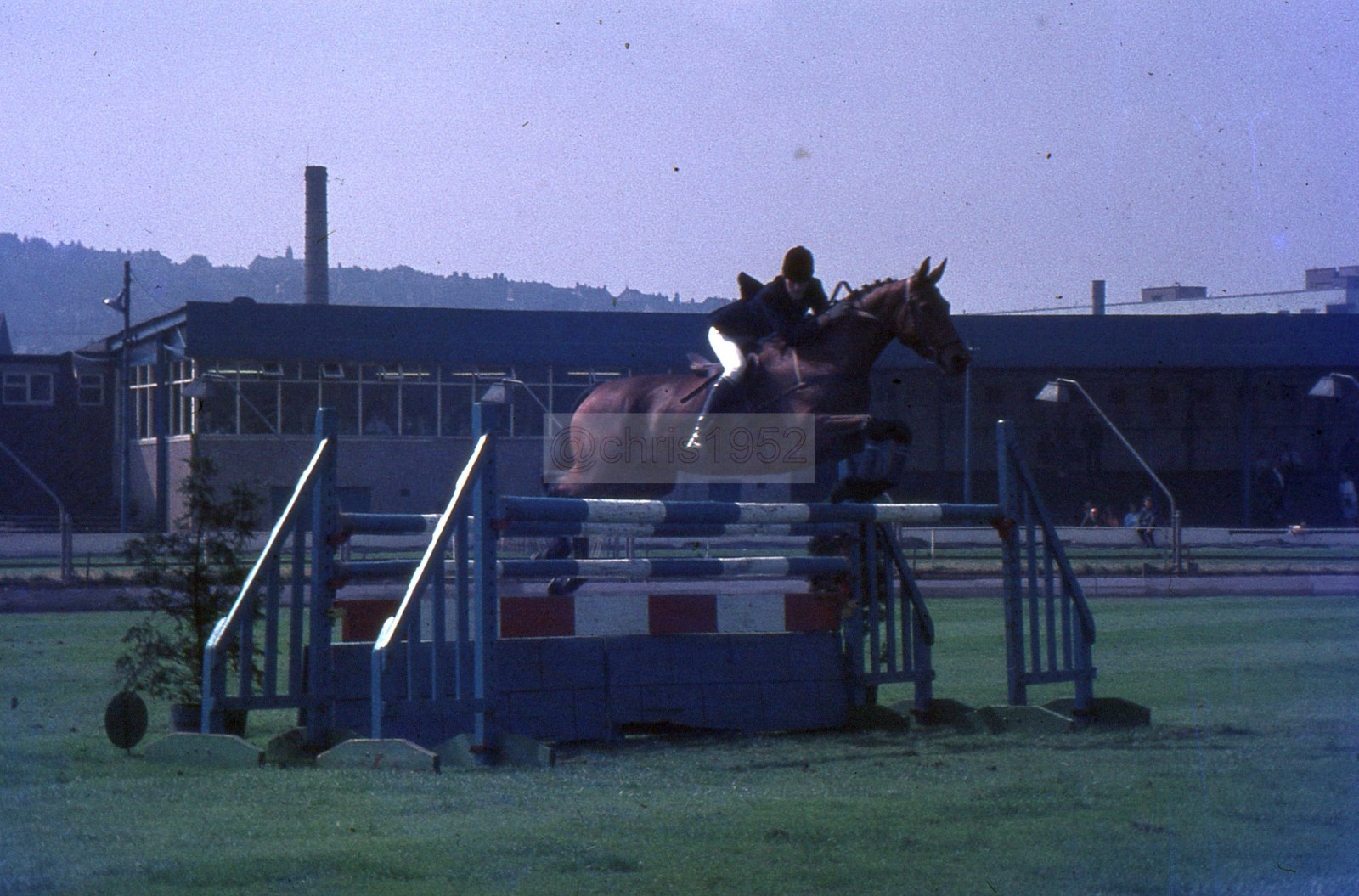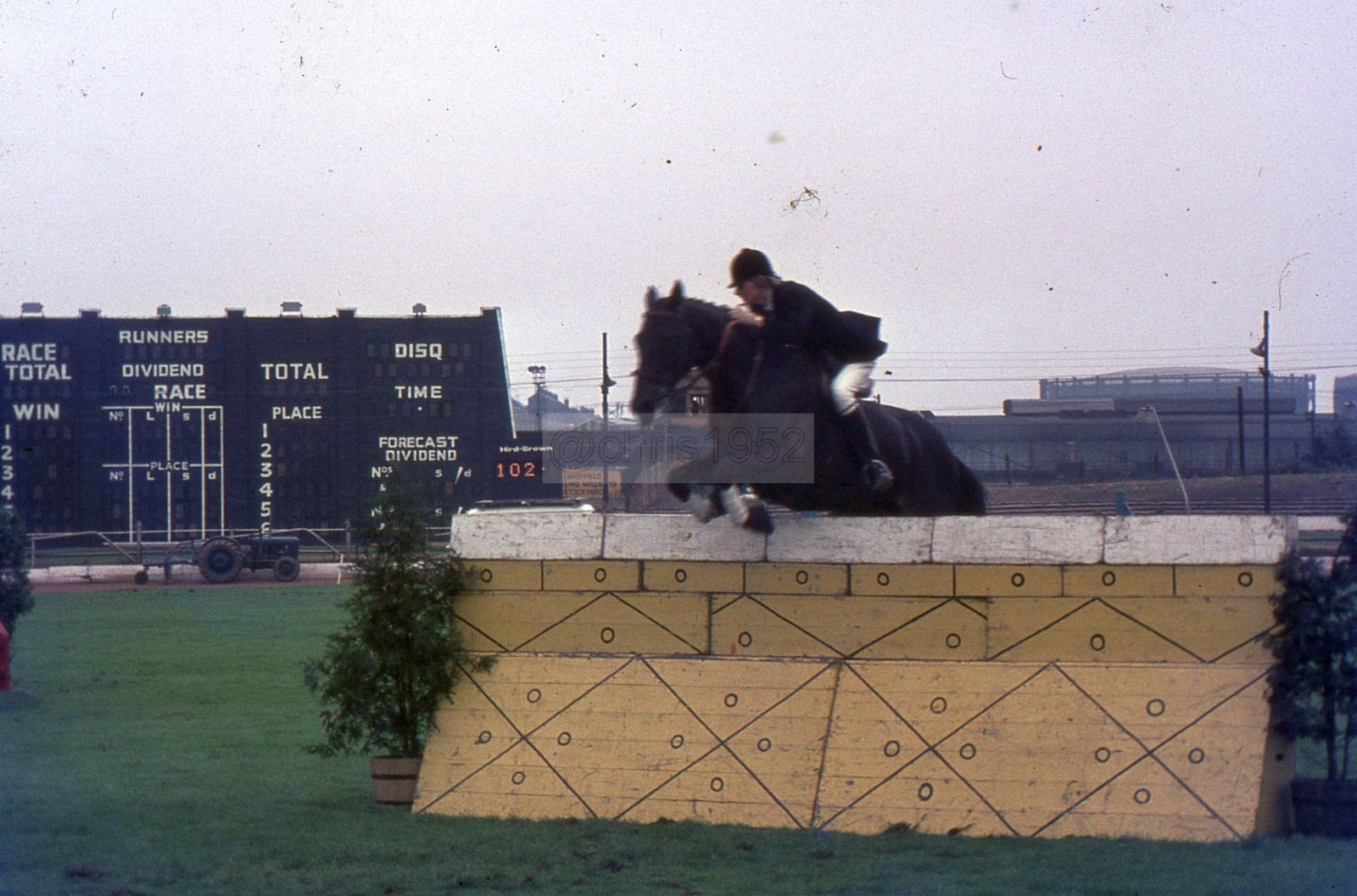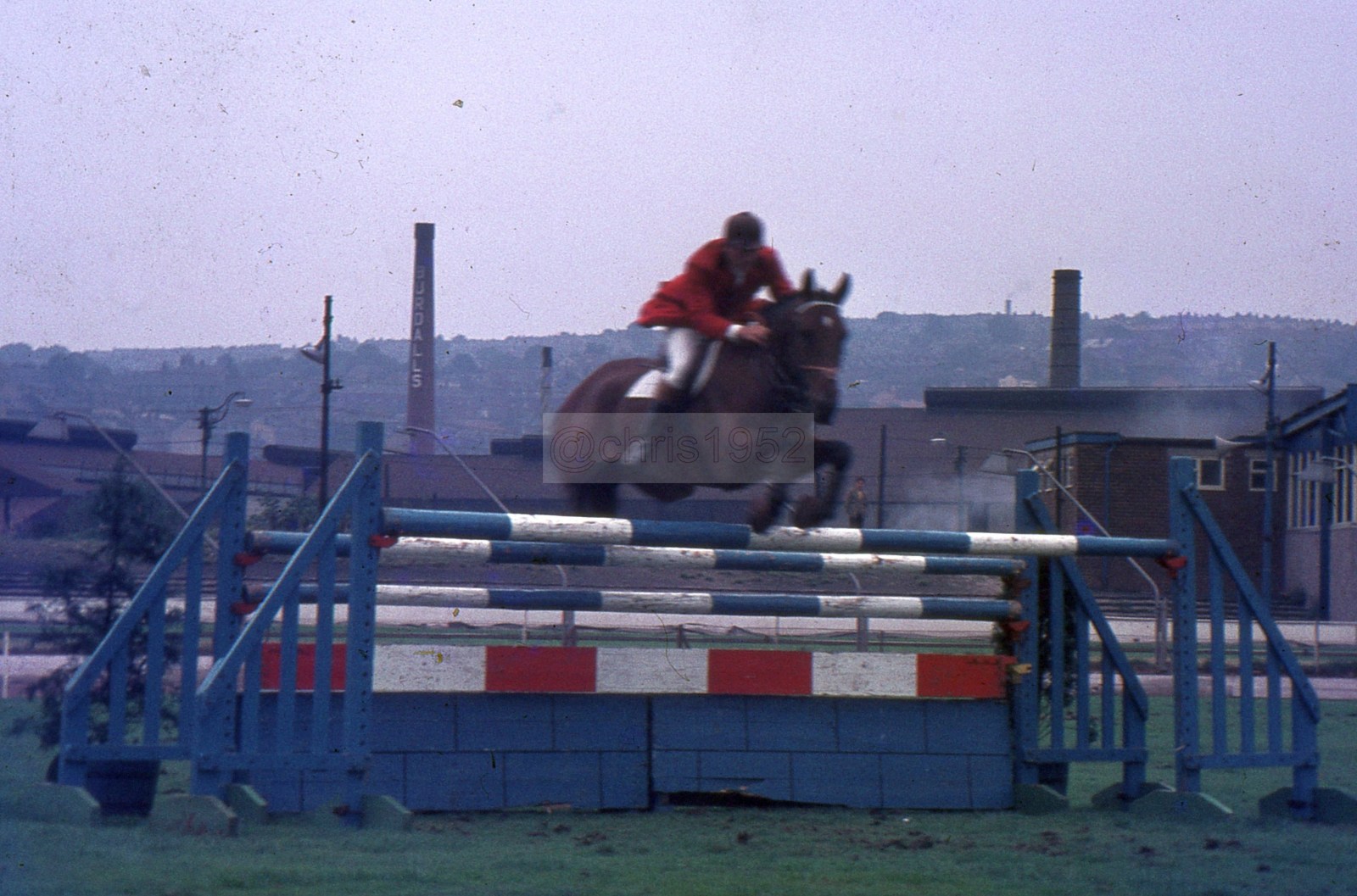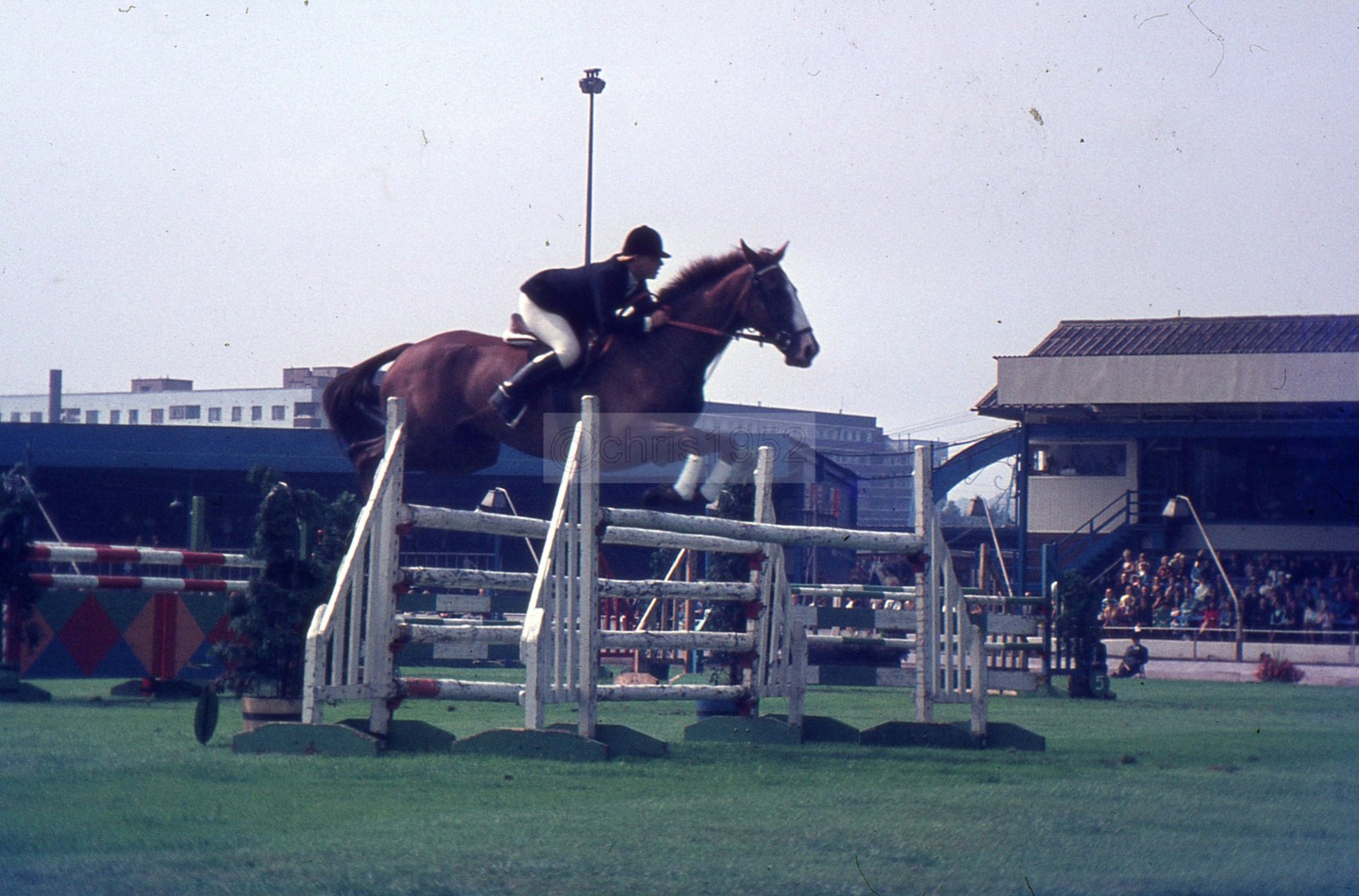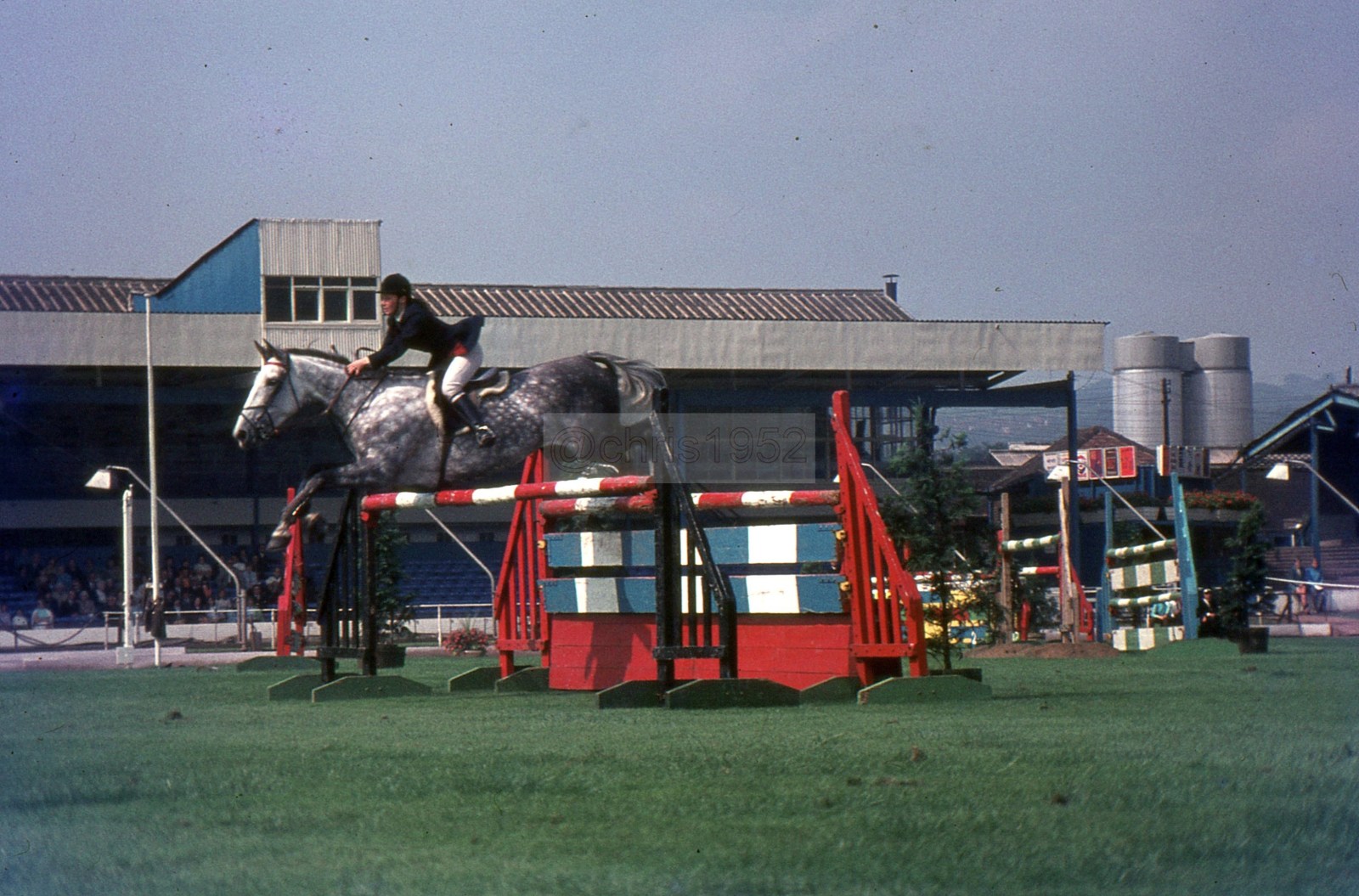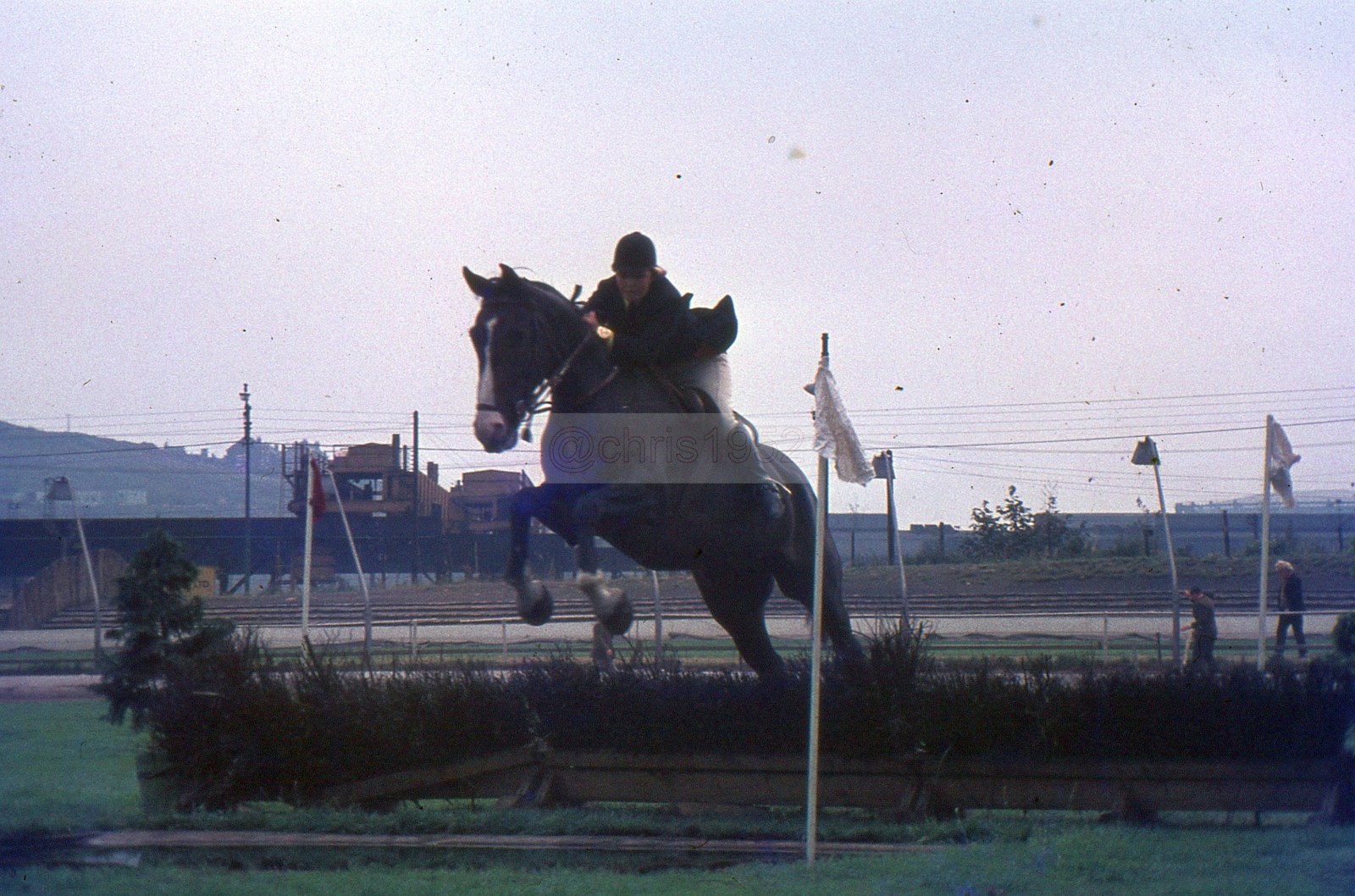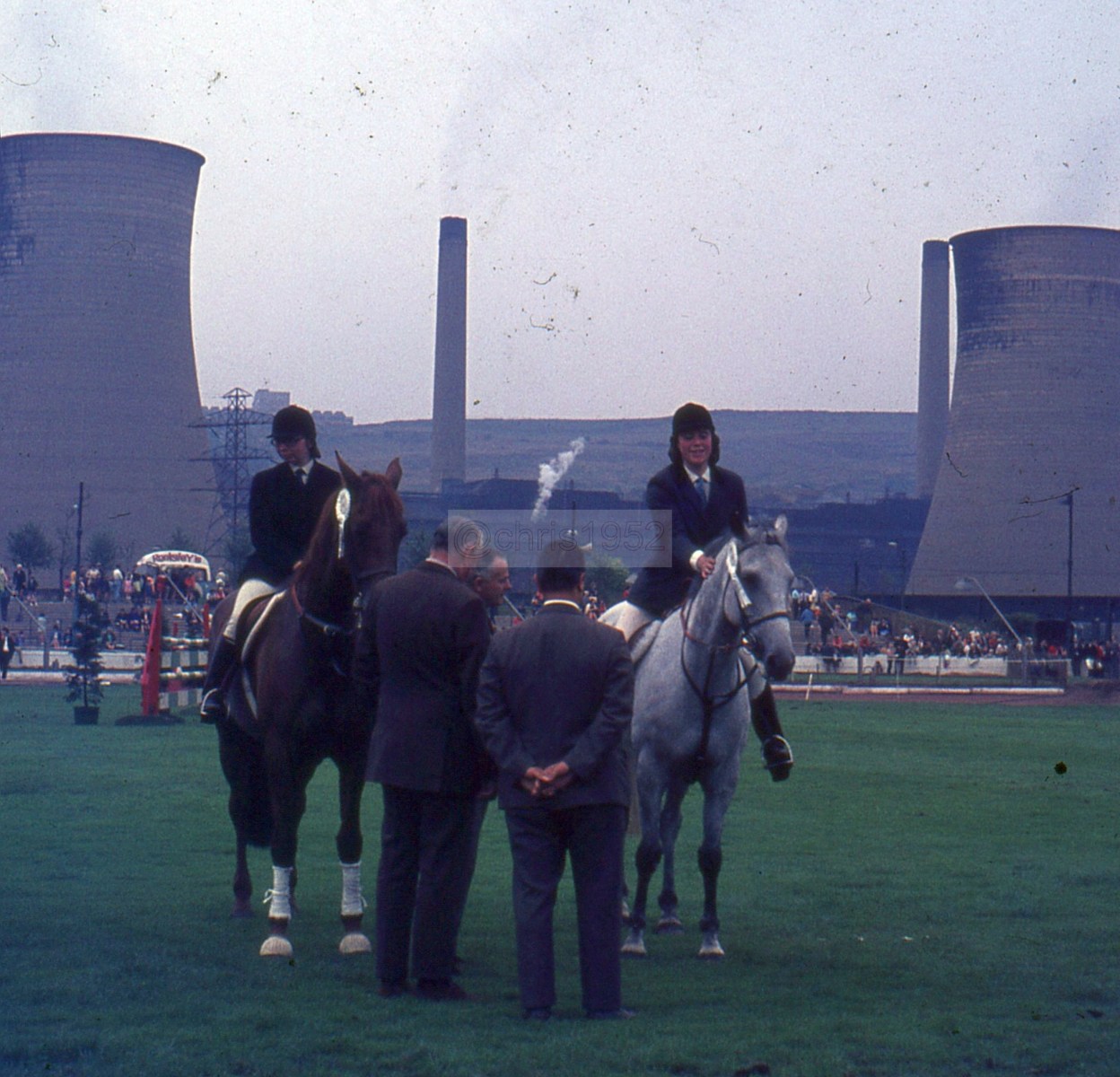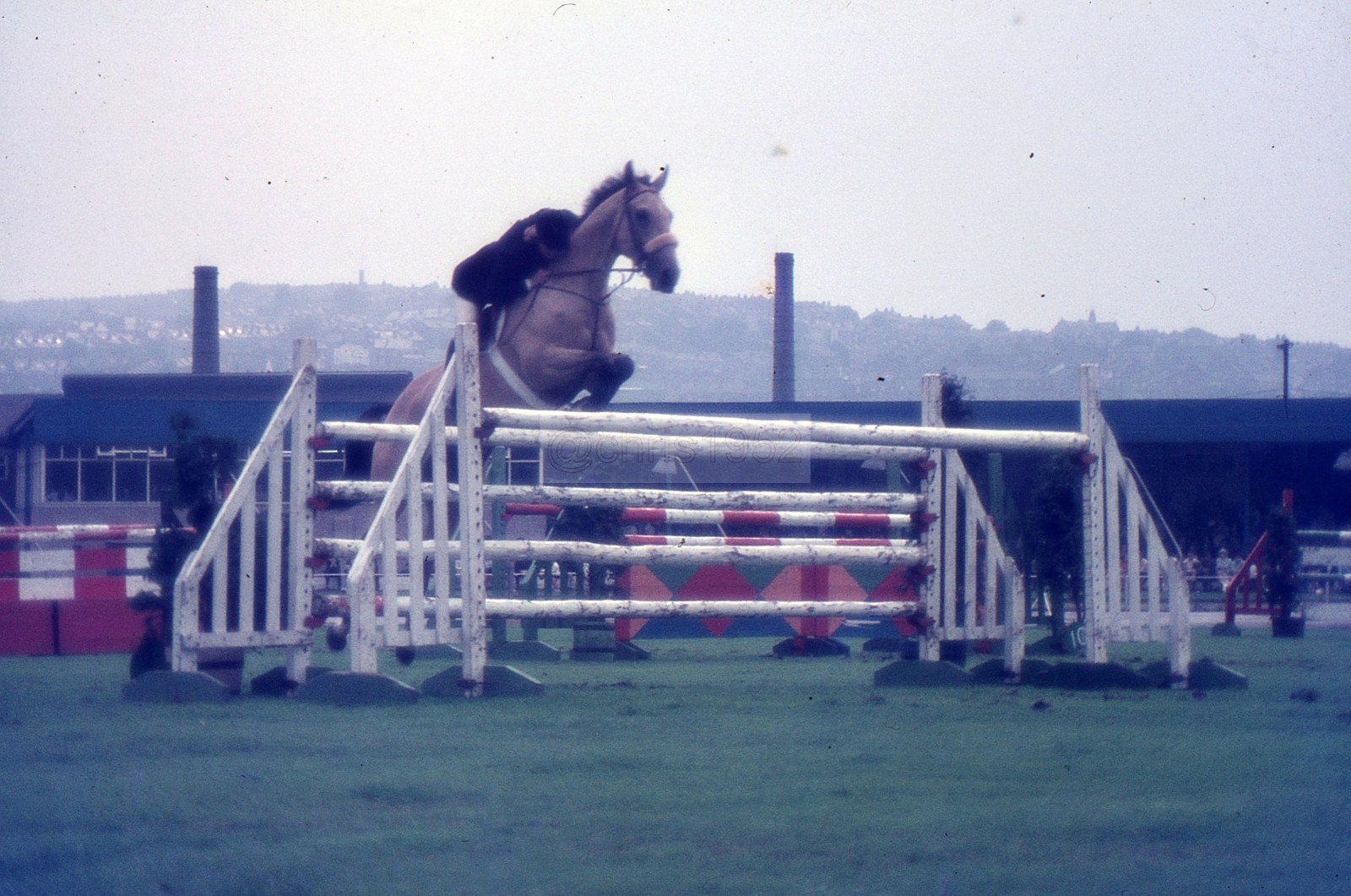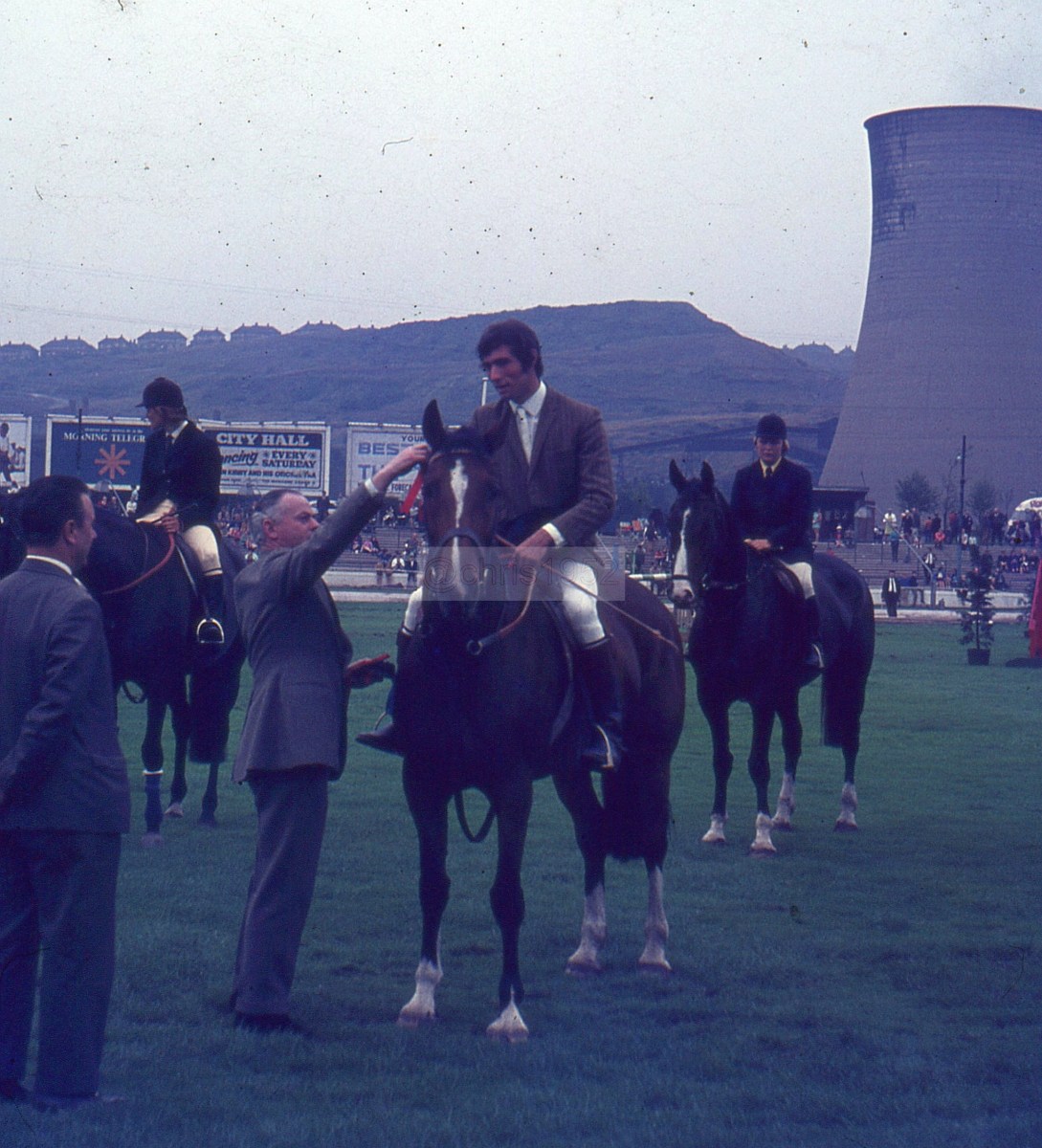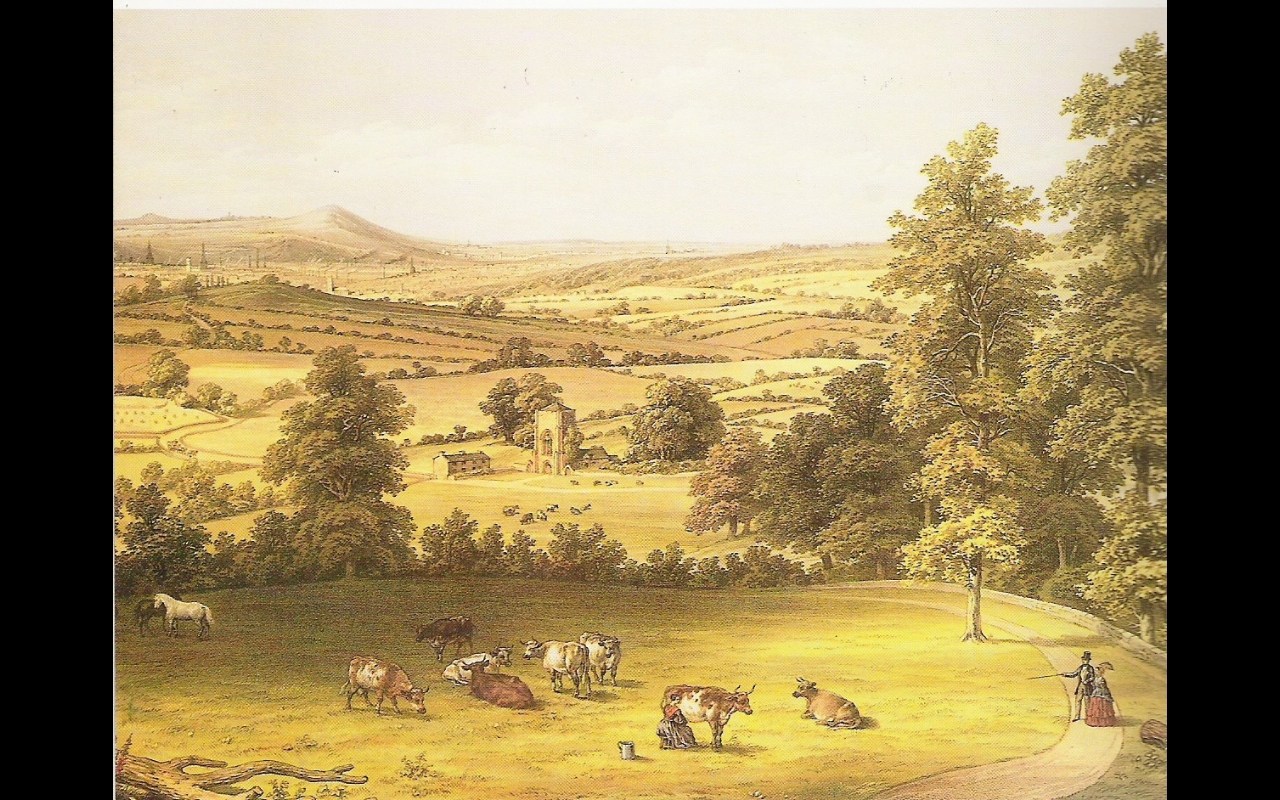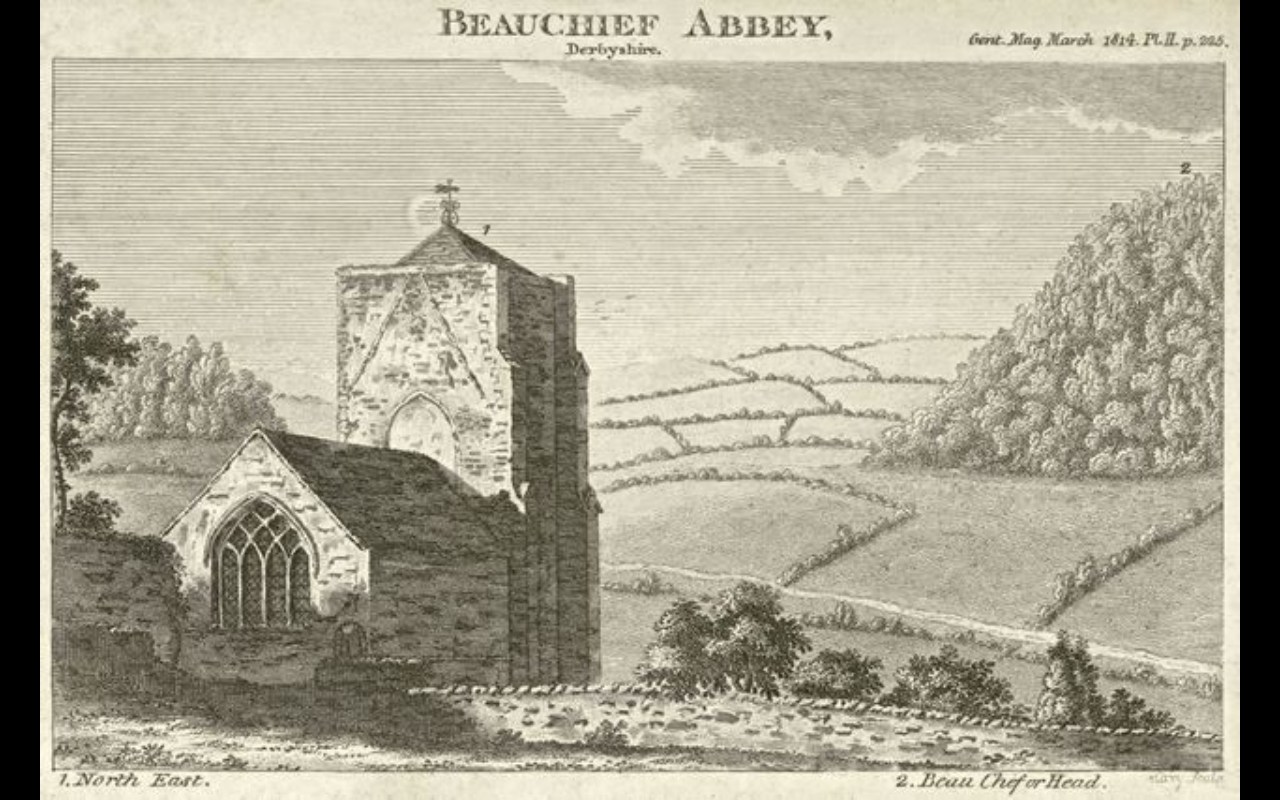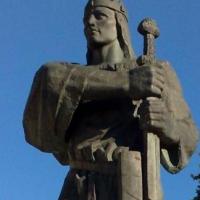Leaderboard
Popular Content
Showing content with the highest reputation since 25/04/23 in Posts
-
6 points
-
5 points
-
5 points
-
5 points
-
It could be Hang Bank Wood. Comparing the OS 1830s-1880s 6" map the wood has encroached on pasture which was continuous with Heeley common. The area is now occupied by Callow Road, round about SK 365 8444 points
-
4 points
-
4 points
-
Bramall Lane Bridge has been placed on the latest Local Heritage List. I've had a bit of back and forth over the last few months as there were some doubts expressed that the remains are the original structure, and the listing hedges its bets over Bramall Lane Bridge/Culvert! I'm pleased to have got some recognition especially with planning applications going on next door to the site. https://local-heritage-list.org.uk/south-yorkshire/asset/130074 points
-
4 points
-
The Vulcan Bomber was a delta-winged wonder, which I was very lucky enough to have gone down the runway at RAF Waddington (late 1970s) in the co-pilot seat when I was working at RAF Waddington, an experience I've treasured since and will never be forgtton. There were 5 men sat in the front of the Vulcan. For me it was a sad day when they were retired. Interestingly XH558 (in the pic) pilot was Ft Lt Martin Withers he was the pilot of XM607 on the first sortie to bomb the runway at the Falkland Isles back in 1982.4 points
-
3 points
-
from the Sheffield Independent 15th January 1825 : " To Women in Dirty Weather. - If you should get tired, as very likely you may, of walking in your pattens, you will carry them in your hand ; in which case take care that they are sufficiently dirty, and then you may cause yourself to be respected by holding them out straight before you with all the length of your arm, pretty much in the attitude in which sign painters delight to exhibit red lions - you will thus set clear handsome black prints of a double OO , on the clothes of any rude fellow that obstructs your line of march."3 points
-
Sheffield Home of Football became a registered Charity on 21st August 2023 with a new board of trustees and the aim of establishing Sheffield’s first Footballing Heritage Museum and also to celebrate the city’s proud football heritage. Please check out our fledgling site https://sheffieldhomeoffootball.org/ We're looking for memorabilia related to any of the Sheffield clubs and of course. looking for volunteers to get involved!3 points
-
3 points
-
3 points
-
I think that the ones marked on the old map in the post actually are in the ‘timepix’ database? You can search the map and bring up the images, clicking for a full size image of each.... https://www.timepix.uk/Collection-galleries/Attercliffe-Sheffield (I won't paste the actual images in here, as don't want to flout any copyright restrictions, but here are the links) https://www.timepix.uk/Collection-galleries/Attercliffe-Sheffield/i-h6Zf8F6 https://www.timepix.uk/Collection-galleries/Attercliffe-Sheffield/i-K4fXCJZ This photo actually shows your 'arches' in the bottom of the brick buttress https://www.timepix.uk/Collection-galleries/Attercliffe-Sheffield/i-7S44fnP/A Just a guess, but these arches may have been incorporated into the brick buttress as 'weep holes', to allow the ground water in the steelworks above to permeate through the wall and into the canal? I wouldn't imagine there was much by way of pipework drainage built into the groundworks, so this would allow the water to escape and possibly prevent any issues with the wall buckling under the pressure of waterlogged ground? (Just relating this to an issue I had with my garden wall, albeit on a far smaller scale?!) These 114 photos of Attercliffe on Timepix are a great find! I'll be bookmarking this site and checking back when they load more of the 'rp' reference point photos on there. Always some new discovery, from an unlikely topic of conversation?! Thanks!3 points
-
As above, there was a plan to have a route over Psalter Lane, in fact a junction was installed at the Ecclesall Road for a few years. There were also electricity feeder cables for the tramway that didn't necessarily follow the actual route, this could be one forming part of a link between Ecclesall Road and Nether Edge.3 points
-
The Sheffield Corporation Act of 1900 gave powers for a number of tram routes to be constructed, some of which were never followed up. One of these was the route from the junction of Cemetery Road and Washington Road, along the upper part of Cemetery Road and Psalter Lane to Banner Cross, with a link along Cowlishaw Road and Junction Road to Hunters Bar. Discussion of this progressed as far as a proposal in May 1900 to pave Cemetery Road in granite when the tram lines from Washington Road to Sharrow Head were laid. During 1908 Psalter Lane residents held meetings against the proposed extension, they said that the existing Ecclesall and Nether Edge services were adequate and that Psalter Lane was the only main route out of Sheffield unspoiled by tramcars. There were calls in council meetings to veto the extension, for which authorisation had been renewed in a 1907 Act, and in 1909 the plan for this extension was abandoned. By then the Corporation were trialling motor buses for new routes, for which they had received the authorisation in 1907 . The electricity supply system was initially shaped by the huge requirements of the tramways. In 1902 the Sheaf Street power station was changed over to 50Hz generation, more suitable for lighting. In 1904 the Neepsend power station came into use.3 points
-
Picture Sheffield link: https://www.picturesheffield.com/frontend.php?action=printdetails&keywords=Ref_No_increment;EQUALS;arc03980&prevUrl= Fairbanks 1846 plan and survey of an estate at Newfield Green, indicates that Hang Bank Wood had been in the ownership of past Master Cutler Peter Brownhill (1807) and his widow Marianne. Peters father Luke Brownhill a scythsmith at Newfield Green, reputedly paid the highest premium ever received by the Cutler's Company of Sheffield to put Peter through an apprenticeship. John Williams in his 1637 survey of Sheffield Manor with other lands mentions a "pasture abutteth upon Newfield greene North and a common called Hanbanke south"3 points
-
When I was born after the war my parents and brother were living in a little caravan on a field at Holmsfield and that was my house until it burnt down one winter. My birth certificate has on it an address of a relatives house where we never lived. We then moved into my Gran's house at Heeley, a bit crowded but lovely place to live, pulled down "because of flooding" , they then built on the same site. Not all the houses that were cleared were unfit, we lost two good houses that were demolished in the councils mass demolition. One problem was that many of the landlords ( some were councilors ) would not do repairs. This could have been enforced or they could have been compulsorily purchased by the council and renovated or offered for sale. I would sooner live in the terraced houses ( outside toilet and all ) that we lived in than the rabbit hutches that some people are forced to live in now. People are too fond of showing pictures of Sheffield houses when they were already empty, derelict, and ready for demolition though my memory is of scrubbed steps, cleaned windows and front room kept spotless with us kids not even allowed in. We lost whole communities because of mass demolition/destruction and modern Sheffield shows the results.3 points
-
Happy 10th birthday to the 'Drainspotting' thread Looking back I did think that speed was of the essence with the road re-surfacing programme beginning around then, however the vast majority of early finds are still in situ. Not all, but 80-90% I would say. Hopefully some increased awareness resulted and, if so, it's been worth it. The earliest date found on drain covers (or pavement features of any kind) remains 1890. New finds are rare these days, but do happen occasionally to my continued excitement! Many thanks to all the contributors over the years3 points
-
3 points
-
3 points
-
3 points
-
3 points
-
3 points
-
3 points
-
As this topic has popped up again I thought I would shed some light (!) on the subject from years gone by. I worked on them during the 1970's and 80's from time to time. We started putting them up in October, usually Sundays as there was no Sunday shopping back then. One of the things that always needed work on was the Goodwin fountain, checking the lights and replacing lamps and the coloured glasses, so it was emptied for us to do that. The Christmas tree was at the top of Fargate next to the fountain, so that needed stringing with festoon lights which usually involved a couple of cherry pickers working from each side and passing the cabling from one to the other while wrapping it around the tree. The larger items which spanned the roads were usually in various parts, so were put together on site and lifted and fixed to cables strung across to existing wall anchors. The electricity supplies came from some of the lamp posts along the roads, they had timeswitches which turned on late afternoon and off about midnight. We had to sort out how much electricity was being used for them, so when they were running we used to check the current in each switch post with a clamp around ammeter. Once when we were doing this we were approached by two plain clothes policemen. Apparently there was a visiting dignitary, and they were concerned we were planting bombs in lamp posts, that took some explaining.3 points
-
3 points
-
3 points
-
Welcome Samuel Gillatt, son of George (scissor forger) and Caroline, was born on 27th August 1867. His main career was as a file cutter, but he may have started catching rats to be worried by dogs. By 1901 Welcome and his wife Ada were at 165 Woodside Lane with 5 children, one of whom was Welcome junior aged 4. His first newspaper advert appears to be in the Mexborough & Swinton Times of 3rd December 1897: WELCOME GILLAT. Ratcatcher, open for engagements. Dealer in Ferrets. Ferrets lent on hire, ratting or rabitting. :- 25 Court, 2 house, Woodside Lane, Sheffield. In December 1901 as well as his ratcatching services, he advertised "Ship rats for sale" - an unusual Christmas present, or for worrying by dogs? In February 1919 Welcome was appointed "Official Ratcatcher to the City". This was the first time such an officer had been needed, but was due to the plague of rats which had grown during the war, mainly due to the increase in land under cultivation. Then as the winter weather arrived, they migrated to built up areas. Welcome had been catching rats for forty years, catching them alive with ferrets and a wire cage. Applications for his services had to be made through the Cleansing Department Superintendent. In March he caught 1,050 rats in four weeks, beating all previous records. Yorkshire County Council were granting 2d per rat killed to Sheffield City Council. In October 1919, Welcome had a great success in catching a wily old rat that frequented the Cathedral neighbourhood. This rat was fancied to be 'a grand old man' with a long grey beard and a splendid voice despite his years. Supposedly the rat danced on the Cathedral tombstones, and was a politician, addressing mass meetings of his tribe in Paradise Square each night. Welcome set out to 'bag him' and after a successful and exciting hunt declared "Yes, he's a beauty - he weighs just over a pound and will be one of the biggest we have in England". Welcome was so successful in his work that a bag of 40 rats a day was now considered a good one. In the "good old days" a bag of 375 in a day was possible. In August 1922 Welcome caught an outstanding specimen weighing 1 lb 5 oz at Mr Simmerson's house, 100 Nottingham Street. Mr Gillatt had netted the entrance to several holes when the rat was discovered in a fowlhouse. It jumped one of the nets and as it was making its escape Welcome grabbed it and captured it alive. He took it to the Telegraph offices to show it off, whereupon it attempted to snap at its captor. Welcome intended to have it stuffed, as "the finest specimen I have ever captured". He estimated that over his career he had killed tens of thousands in Sheffield alone, plus those in outlying districts. In 1927 he tamed and trained a fox, with the intention of using it to catch rats. In 1939, still the Corporation rat-catcher, he was living with Ada at Firshill Terrace. Welcome died in 1940. Welcome junior joined the Royal Navy in June 1915 as an armourer and was discharged in November 1921. He married Elsie McKay, also of Woodside Lane, in November 1919 and they had two girls, Edna and Joyce. Welcome junior died, a 33 year old bus conductor, at Lodge Moor Hospital in February 1930. Welcome senior's son Ernest, a fireman, married Frances Brayshaw in September 1927 and they named their son (born early in 1931) as Welcome. Welcome died in Sheffield in Oct/Nov/Dec 1996, and his wife Lilian Anita in 2018. Presumably this chap was the licensee on the photo of the unidentified licensed premises.3 points
-
3 points
-
This photo shows children playing outside the Far Lees on Leighton Road.3 points
-
I nominate the Bulls Head Inn, Monsal Dale. The modern building is very different. But the 1897 map has similarities. George Lowe was the landlord until his death after a long illness on Saturday afternoon, 1st August 1896 (maybe his wake was the reason for the photograph?) The sign does look like a bull's head to me. The inn was more popularly known as the Edgestone Head, and was a noted destination for trippers from Sheffield. Mr Lowe was good company and had a good many anecdotes and witty repartee. He was 52 and left a widow and six children, mostly grown up. He was buried at the family plot in Holmesfield. The licence was transferred to his widow, Mrs Alice Lowe - but in granting it, the Chairman of Bakewell Petty Sessions asked her to stop Sunday afternoon visitors from sitting under the veranda and jeering local church goers. (Note the veranda on the photograph). Alice died on Sunday afternoon 12th February 1899.3 points
-
3 points
-
3 points
-
3 points
-
Lord Mayor's Parade Saturday 5th June 1971. Parade Theme: City on the Move. Organised by the Sheffield Junior Chamber of Commerce. Lord Mayor, Harold Hebblethwaite. The President, Roger K. Cooke Parade Chairman, Peter M. Gauntlett Organisers of the 1971 Parade: Mike J. Brown; Brian W. Hudson; Tony Cross; Stuart T. Goff; Howard Culley; Gordon W. Oades; Alan M. Thompson; Gerry E. Bermingham; David Everingham; John Howard. Not pictured: D. C. Brammer & R. K. Cooke. Pauldens Ltd. (became Debenhams that year) winners of the Sheffield Chamber of Trade Trophy for best entry typifying service in Sheffield. The Display Department spent weeks cutting out polystyrene flowers on a hot wire (the smell was awful and if you weren't careful, burnt fingers) then painted in vibrant colours. If I remember correctly an Electric Organ was a main feature of the design, (Display Manager Gary Ellinger was determined for it to feature) Other than that my memory fails me about the float. 1970 Lord Mayor's Parade Photographs About the The Sheffield Junior Chamber of Commerce. These are just the main pages of the Souvenir Brochure, there were many pages of advertisements.3 points
-
The precursor firm to Hawksworth and Eyre were established in 1796 and bought out in 1833 by Charles Hawksworth and John Eyre. Charles Hawksworth died aged 78 in March 1874 and the White Rails factory with 10 attached dwellings were sold, as was his residence at Rock Rise, Pitsmoor (109 Burngreave Road, corner with Rock Street). Mr Hawksworth had been a member of the first Town Council and had been Guardian of the Poor. In 1872 the partnership between James Bembridge, Thomas Hall and George Woolhouse (trading as Hawksworth and Eyre) was dissolved following Hall and Woolhouses' retirement. Under Bembridge's guidance the firm became a limited liability company in 1873. In 1875 the firm moved to 60 Rockingham Street. Originally they made Old Sheffield Plate but progressed into high class silver and electro-plate, including candelabras, candlesticks, tea service, cake baskets, bowls etc. Most of their holloware was sold in London. Hawksworth and Eyre exhibited at the 1930 "Sheffield Industries Week" held at Cole Brothers, but they ceased trading in November 1932 due to the Depression.3 points
-
In 1910 the tramway was made two-way working. Previously (see 1905 map above) the line reduced to a single line at the end of Endcliffe Crescent.3 points
-
1950s/60s famous Radio Broadcaster Henry FRANKLIN ENGELMANN, was in Sheffield in 1958, being the celebrity guest at an O.A.P concert. ( It was at a school on Richmond Road I think! You got to the end of Richmond Hall Road and turned down left, school was down a driveway on the opposite side. My Gran & Grandpa used to go to the O.A.P club there, living on Spinkhill Road it was only a short walk away.) Gran was an avid listener to Franklin's radio shows, 'DESERT ISLAND DISCS' and 'DOWN YOUR WAY', and when she found he was to be at the concert, she couldn't wait to meet him. As it happened! the Telegraph photographer was there, and Gran & Grandpa got there pic taken with Franklin. Don't know HOW many pics Gran ordered, but the whole family, all friends & neighbours got one, she was so over the moon.3 points
-
3 points
-
I had a walk along this footpath today. There are several small stone walls (photos below). My guess would be that they are the remains of footbridges across the conduit, the notches being to allow pedestrian access along the line of the conduit, and the foot high barriers in the notches to prevent any excess/flood water overflowing onto the bridges. Perhaps. Any better ideas?3 points
-
3 points
-
3 points
-
I have started to digistise my old 35mm slides and film strips, not many of Sheffield unfortunately, but I thought these might be of interest. A show jumping event at Owlerton stadium in 1968. Not that I had an interest in the event but went with a few from school (just left) to gain a little photography experience. I have just featured those that also have an interesting backdrop. You can see how much smokey industry was around at the time. Noteable are shots of Burdalls and the towers. In one shot you can see the newly built Shirecliffe College, I believe 1968 was it's completion. I went to Shirecliffe College same year after leaving school but it hadn't been quite completed or was not ready for students so we started life at the old City School on Leopold Street. It's likely then that we all moved up there for the September term 1969. There is a shot of a lecture on picturesheffield (Ref Noy03422) taken from the back of the room which I am in. 2nd left by the window.3 points
-
3 points
-
Hi Rodger : The paths were there long before the Westwick housing development came about! Nearly all the old footpaths around Greenhill are said to be ancient pathways between Norton Church and Beauchief Abbey and been in use for hundreds of years and still continue to be used to this day. A lot of the paths shown in this National Library of Scotland link can still be found! https://maps.nls.uk/view-full/100950269#zoom=4&lat=3077&lon=3137&layers=BT This painting shows some folk taking a Sunday stroll along a path coming from in the opposite direction towards Beauchief Abbey.2 points
-
2 points
-
Was this building onthejunction of Walkley Rd and Walkley Bank Rd, opposite The Florist pub??2 points





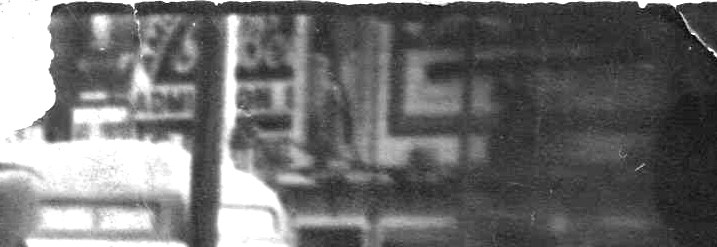
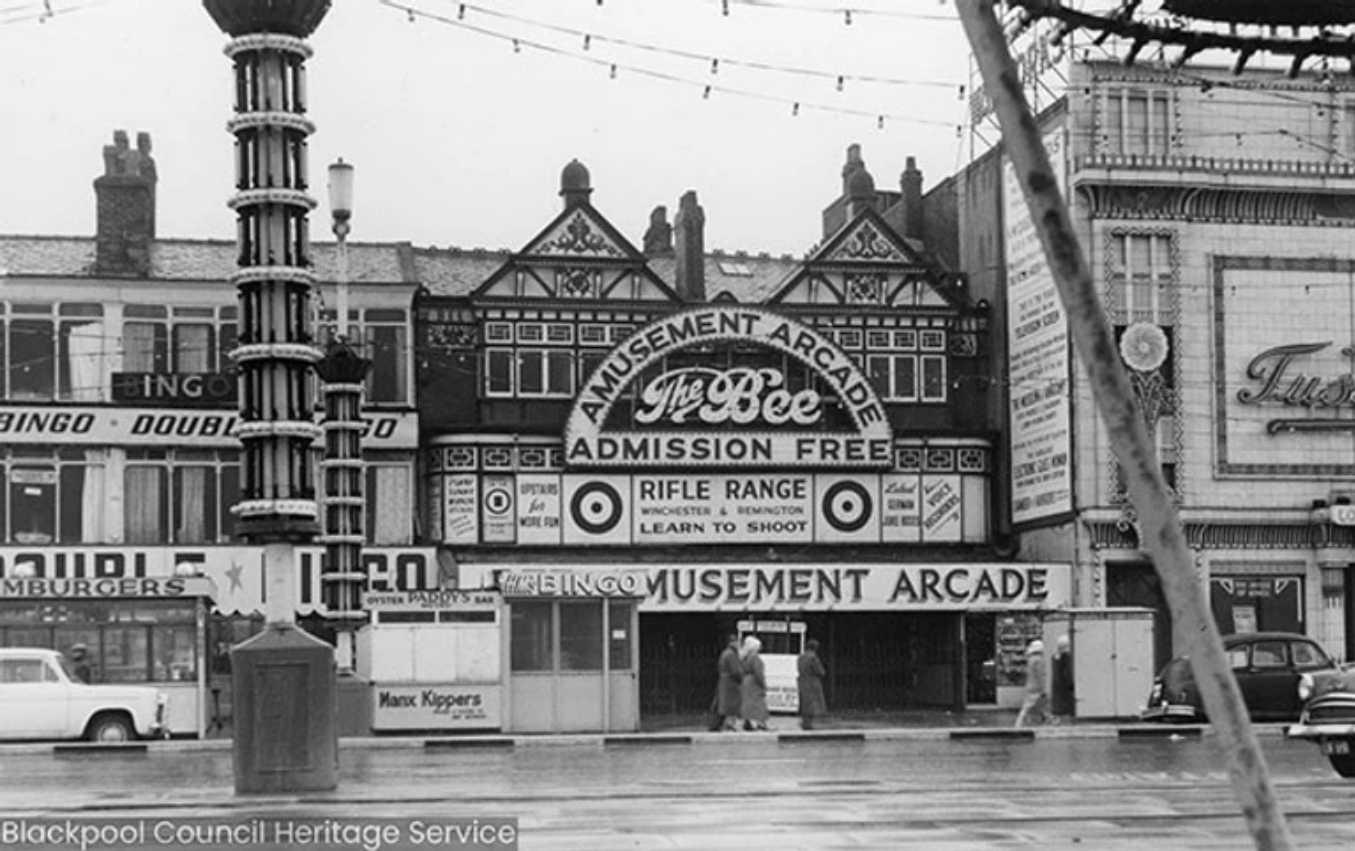
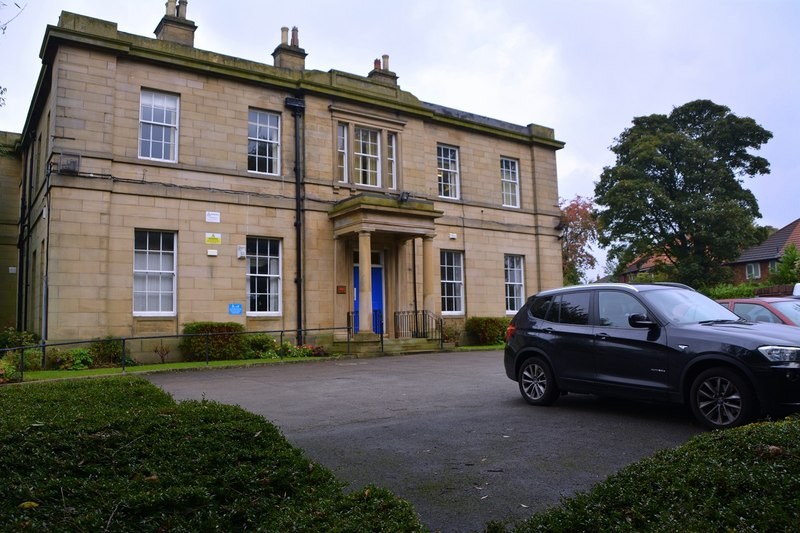

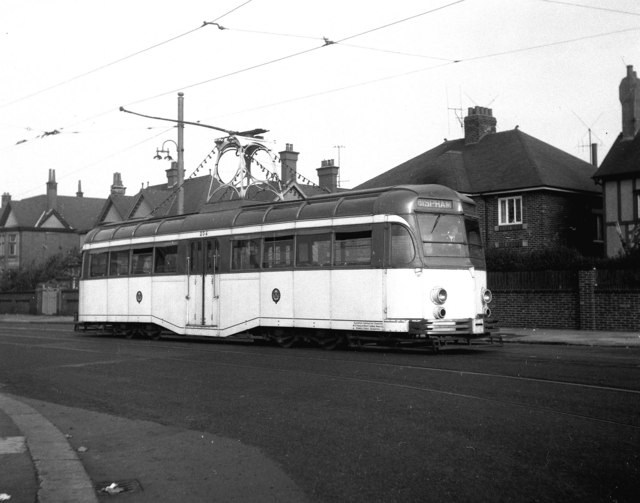
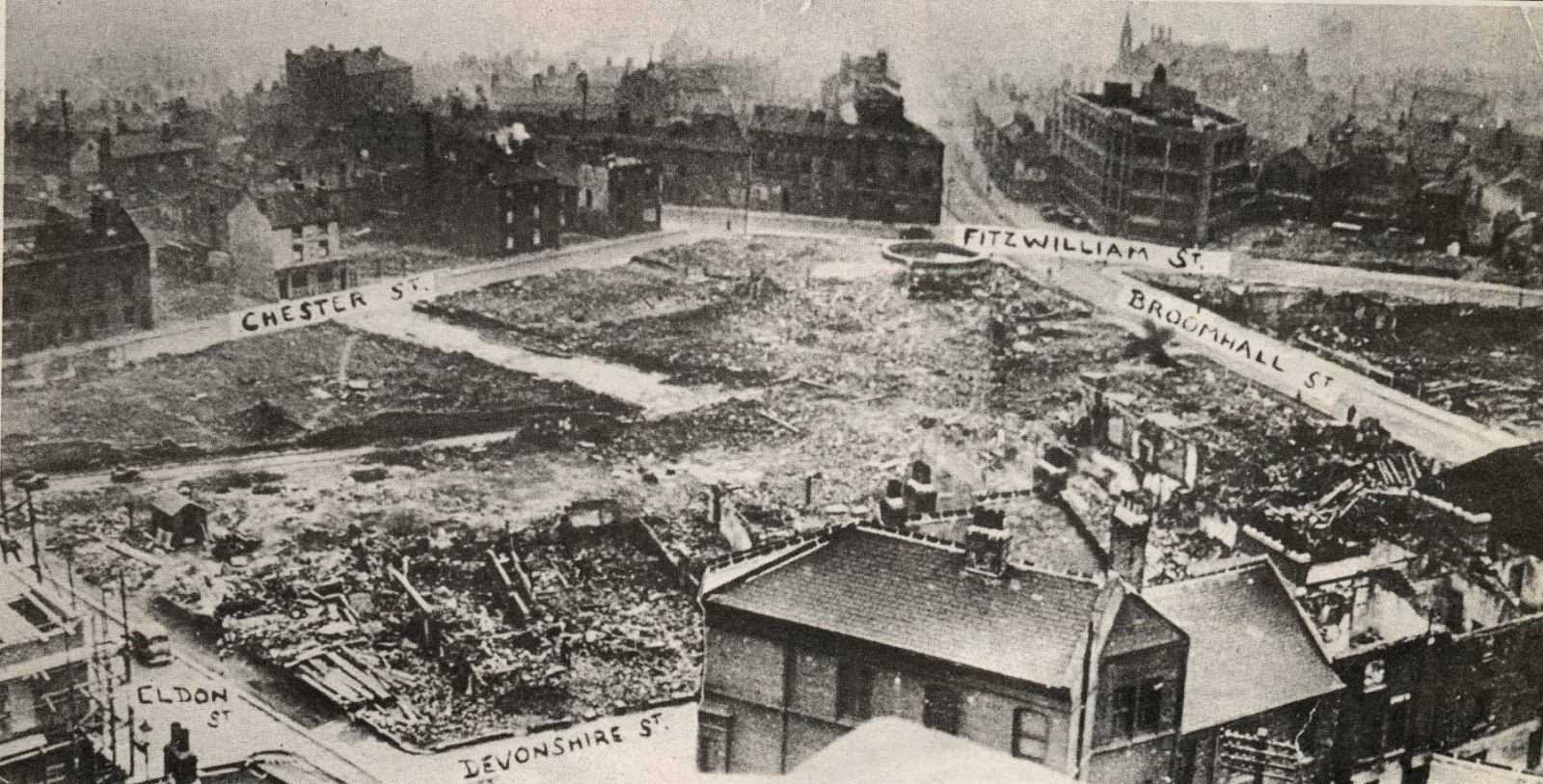
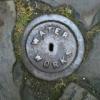
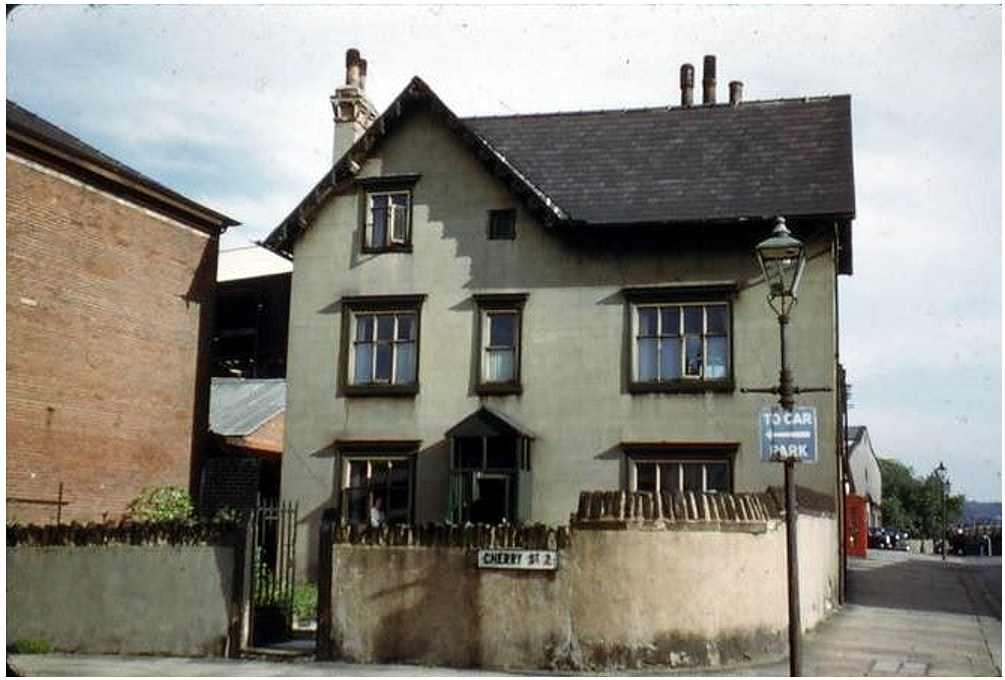

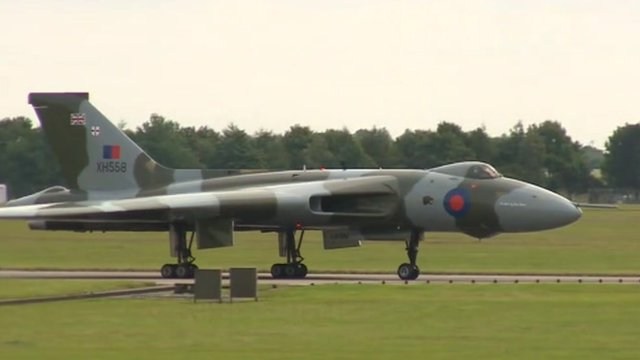
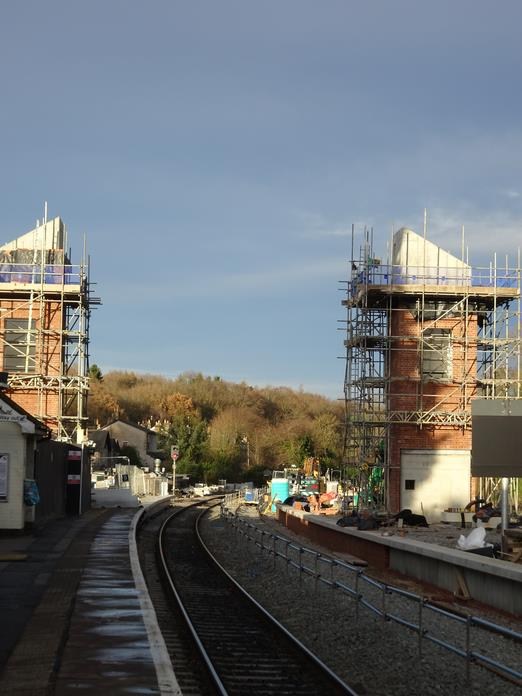
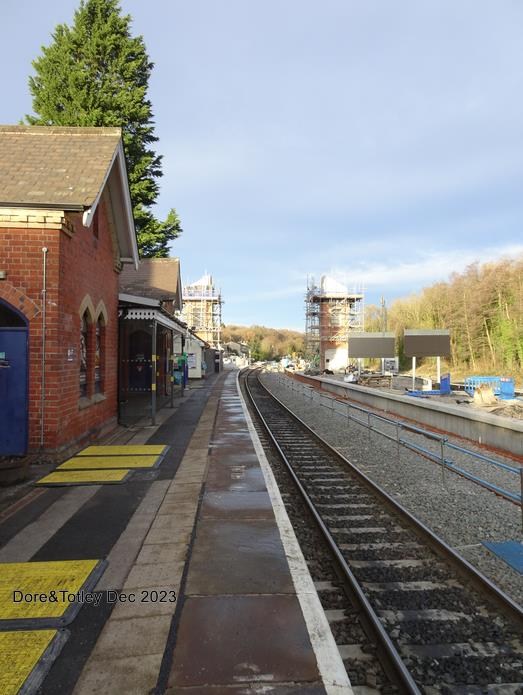
.jpg.59719676894b7f427284379ffc91ff2c.jpg)
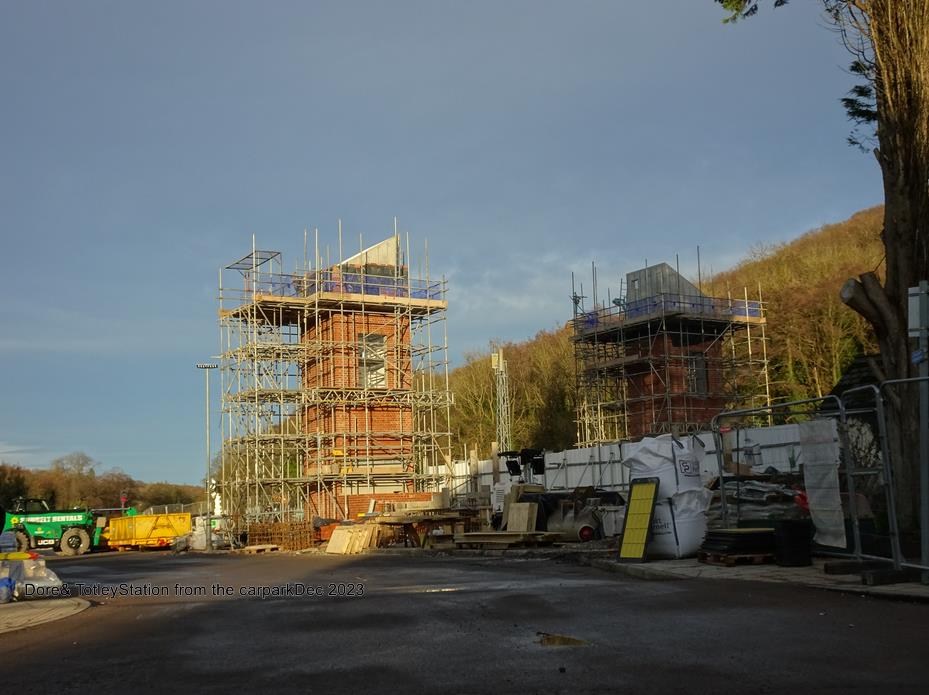
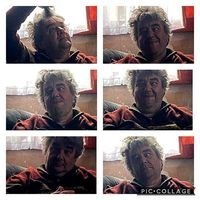


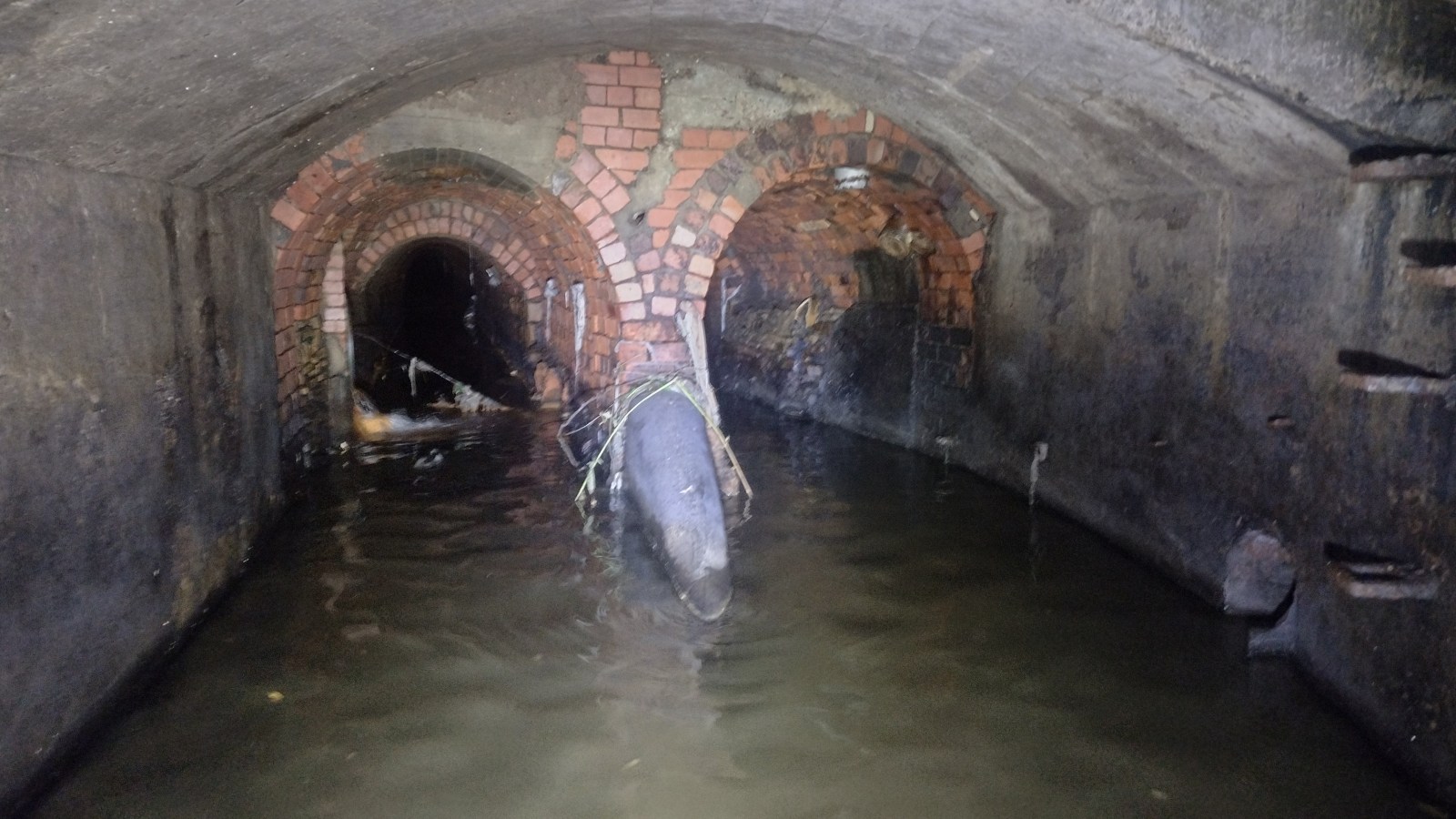
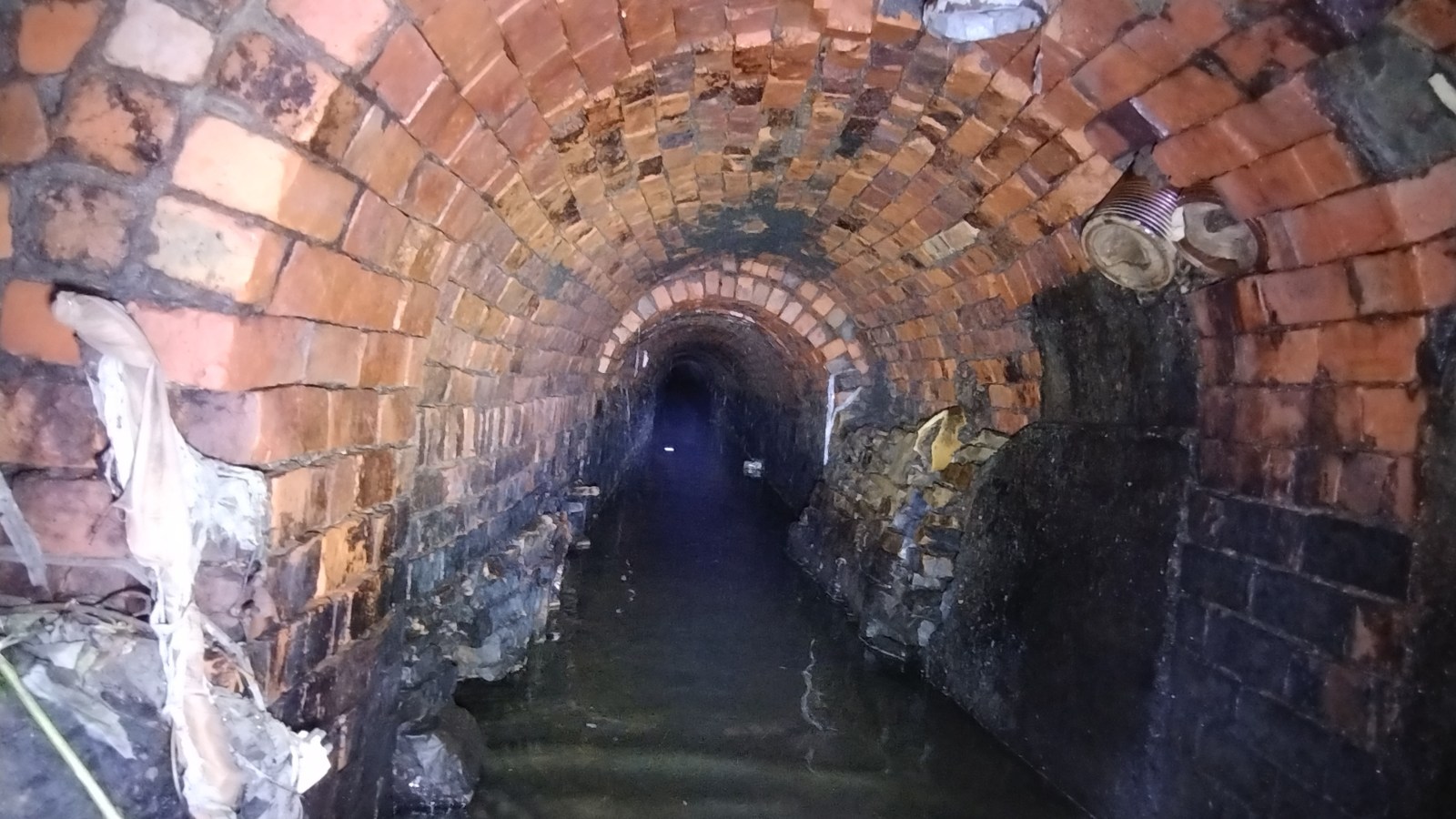
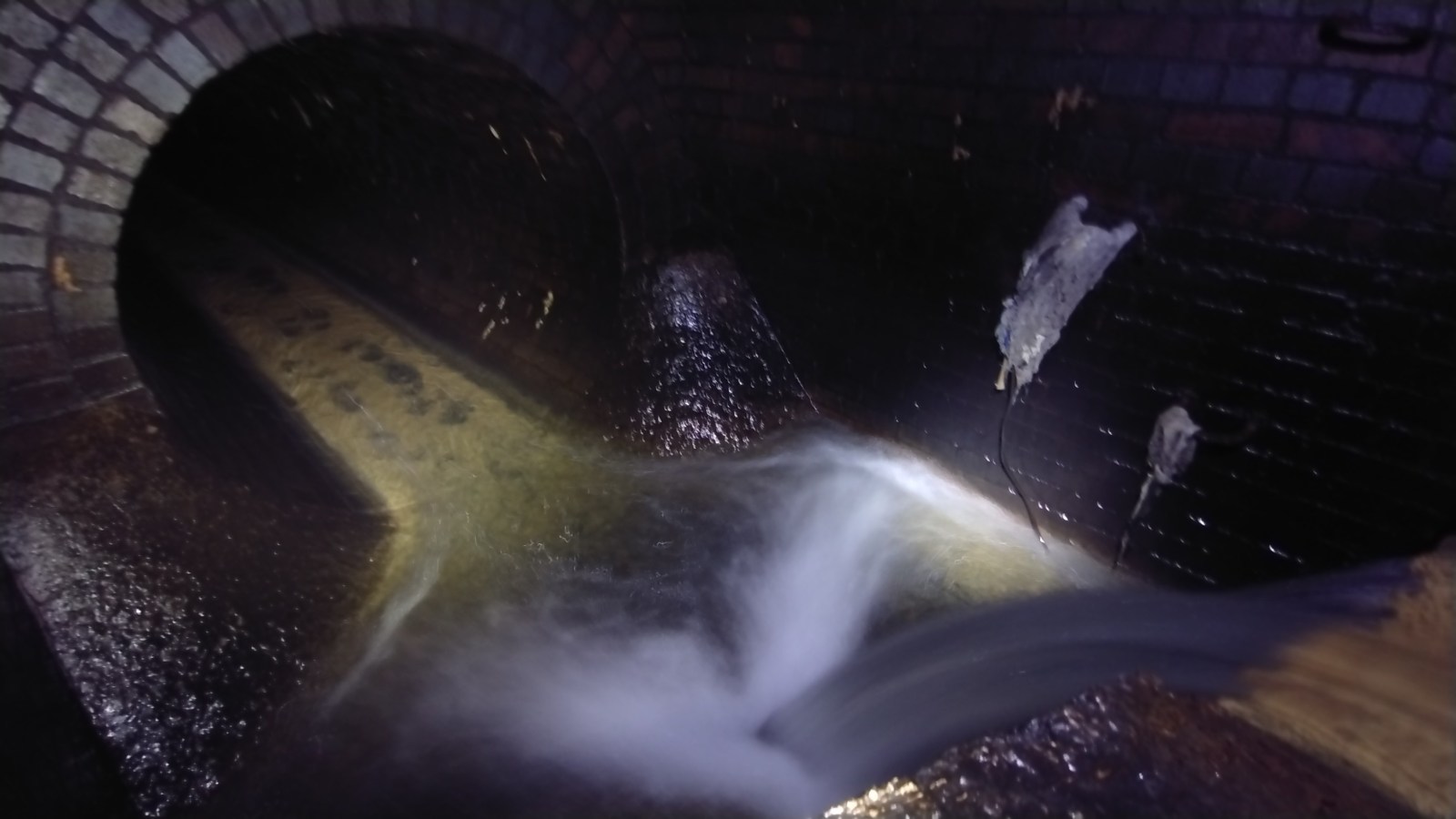
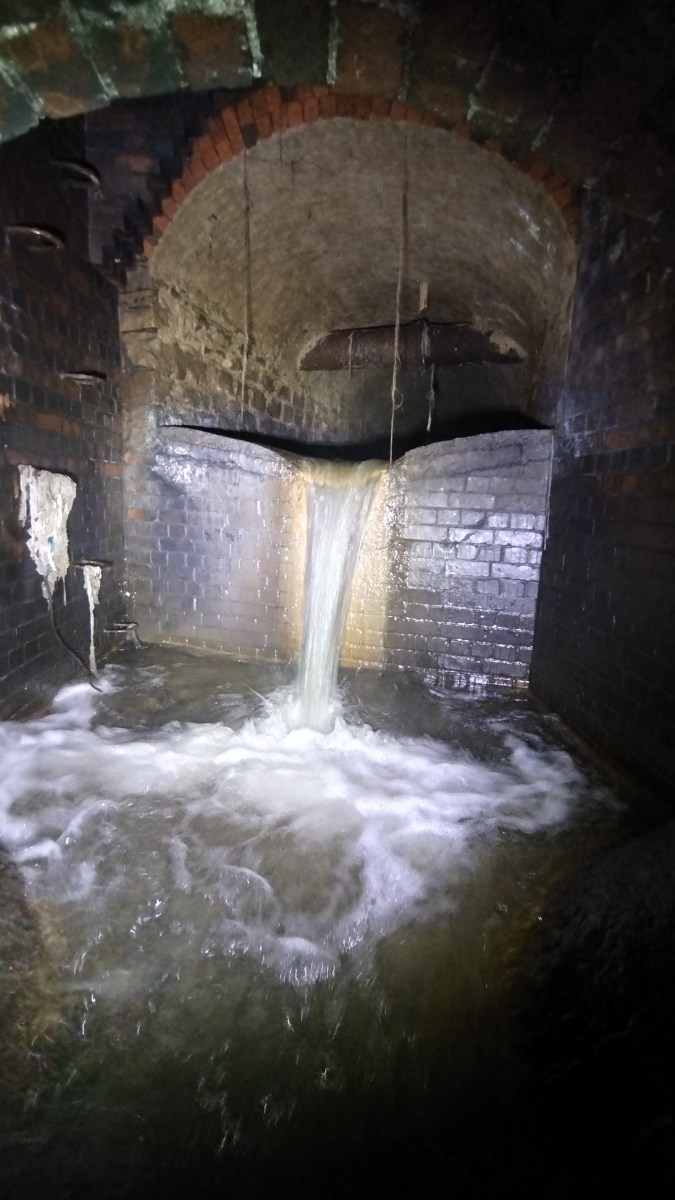


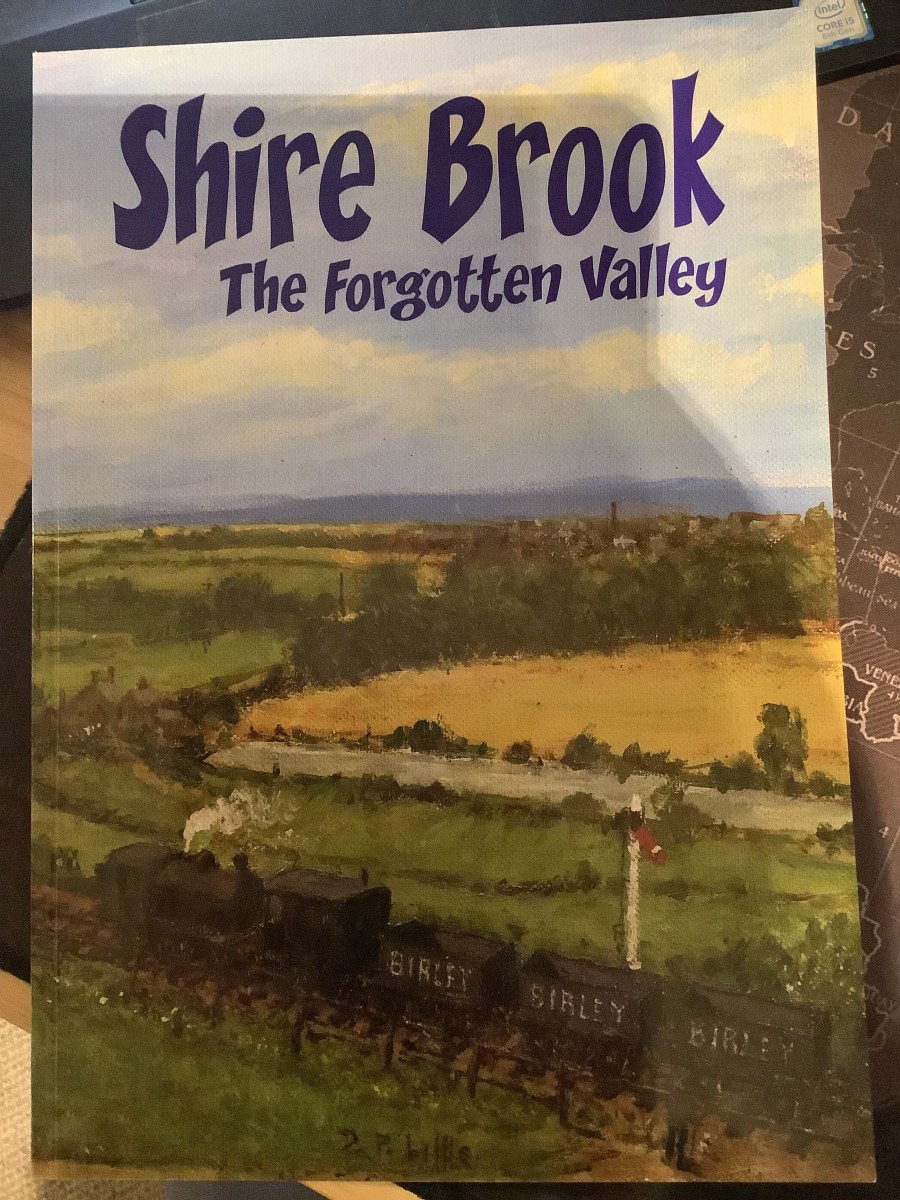
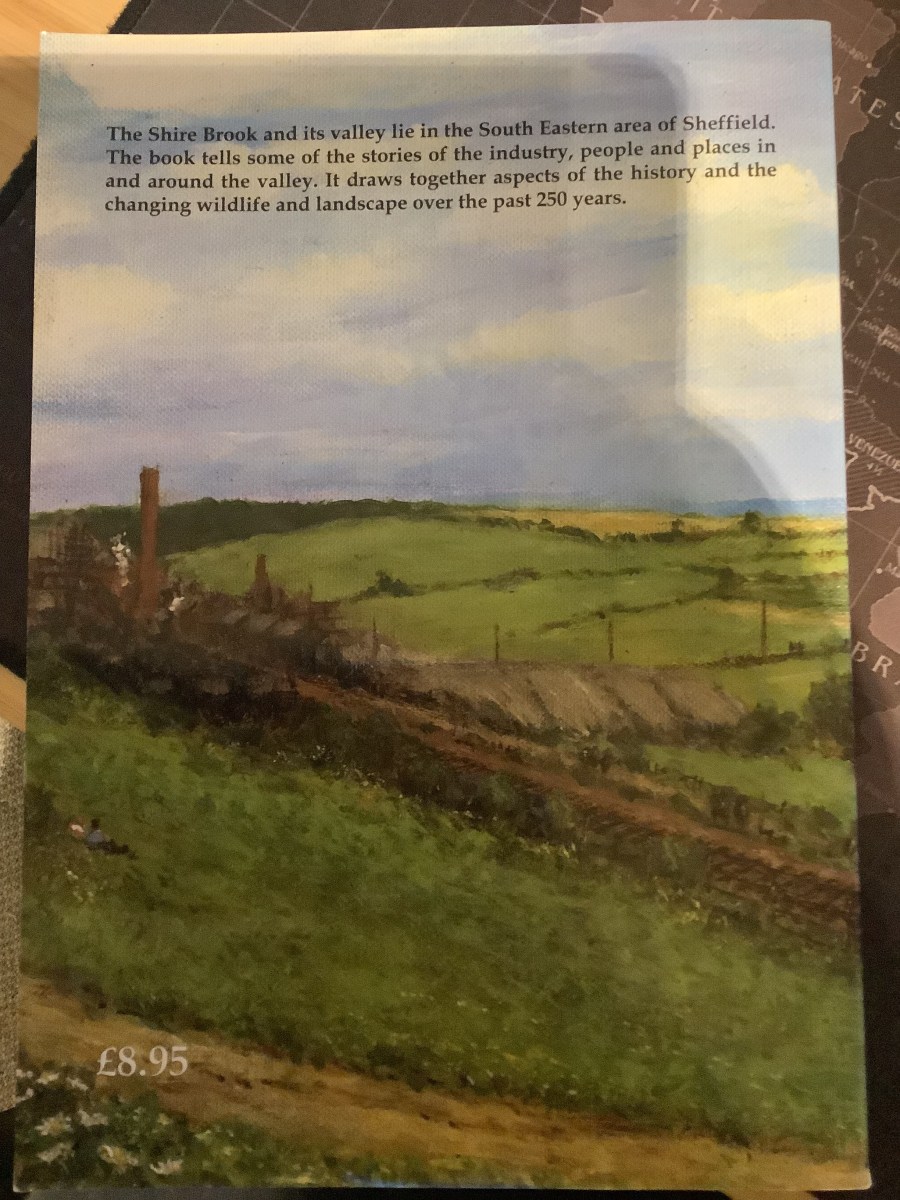
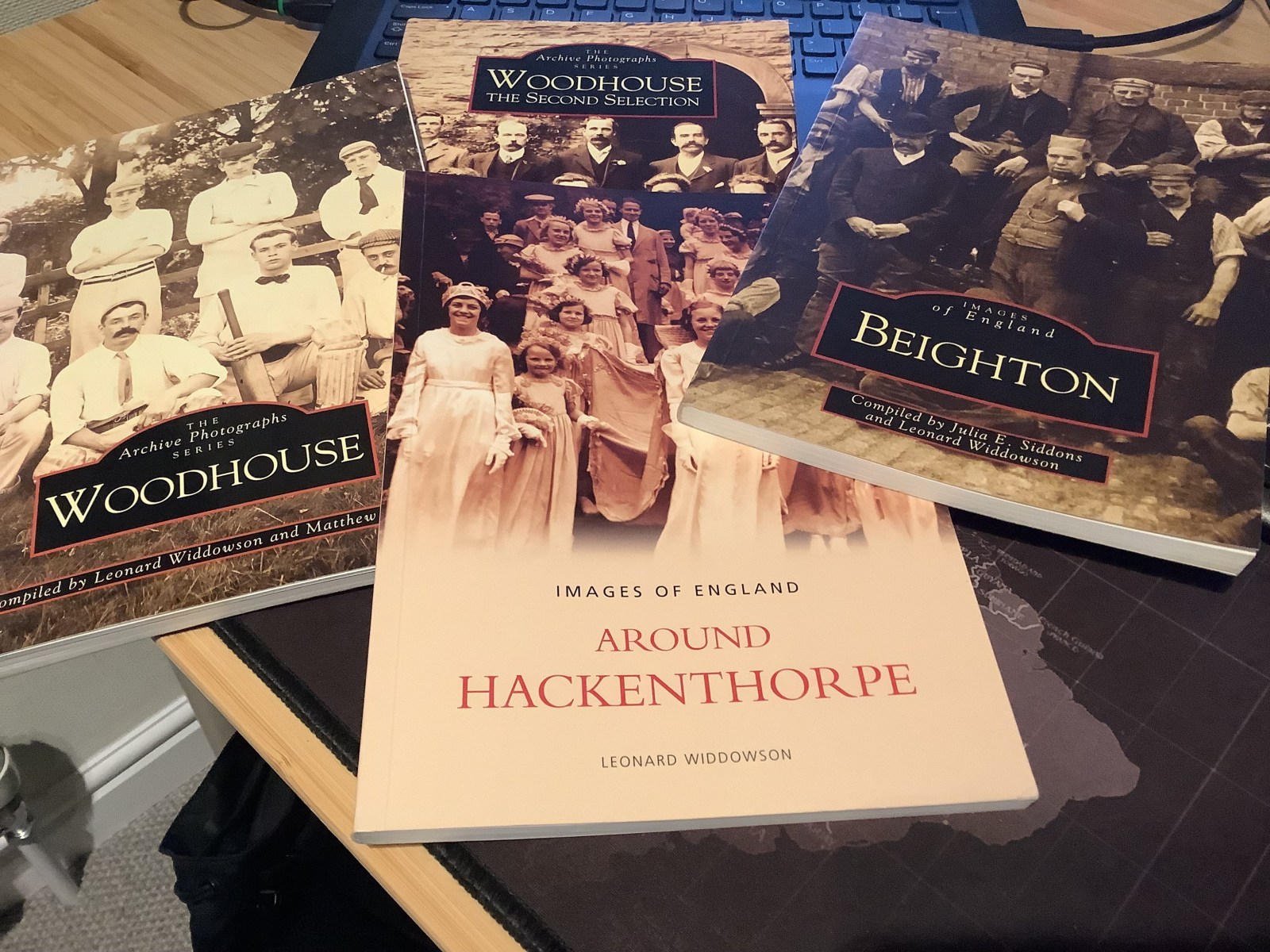
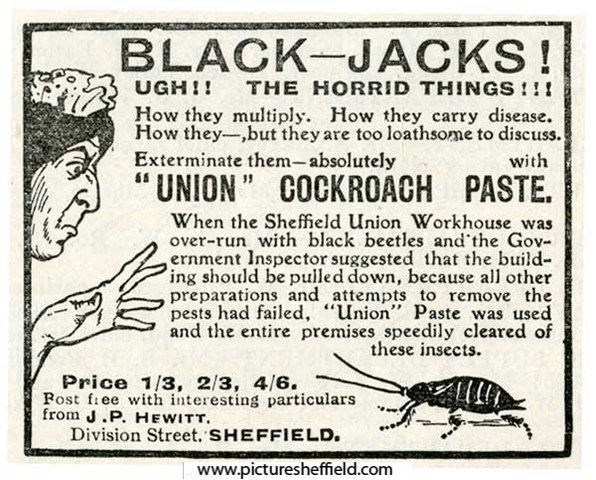
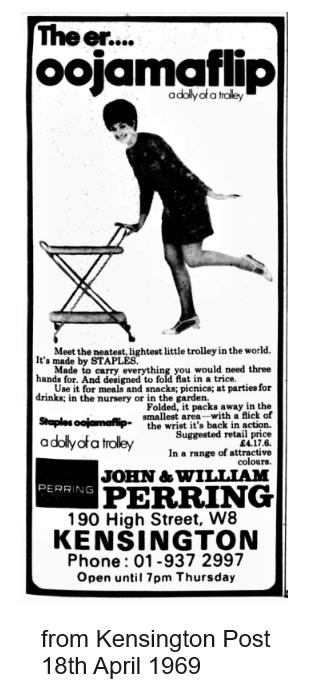
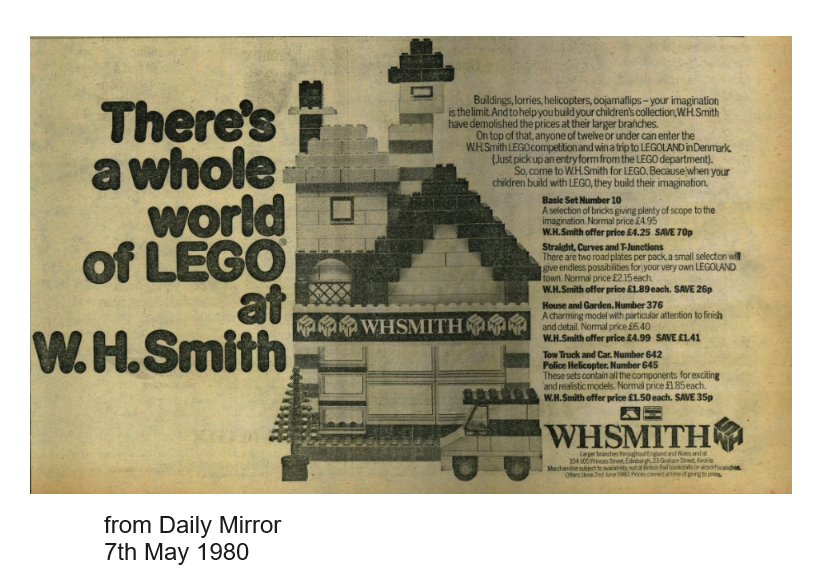
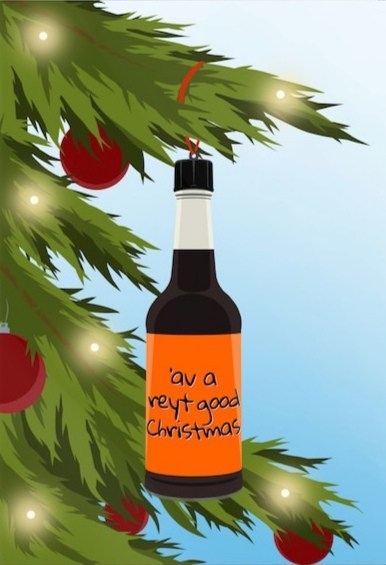
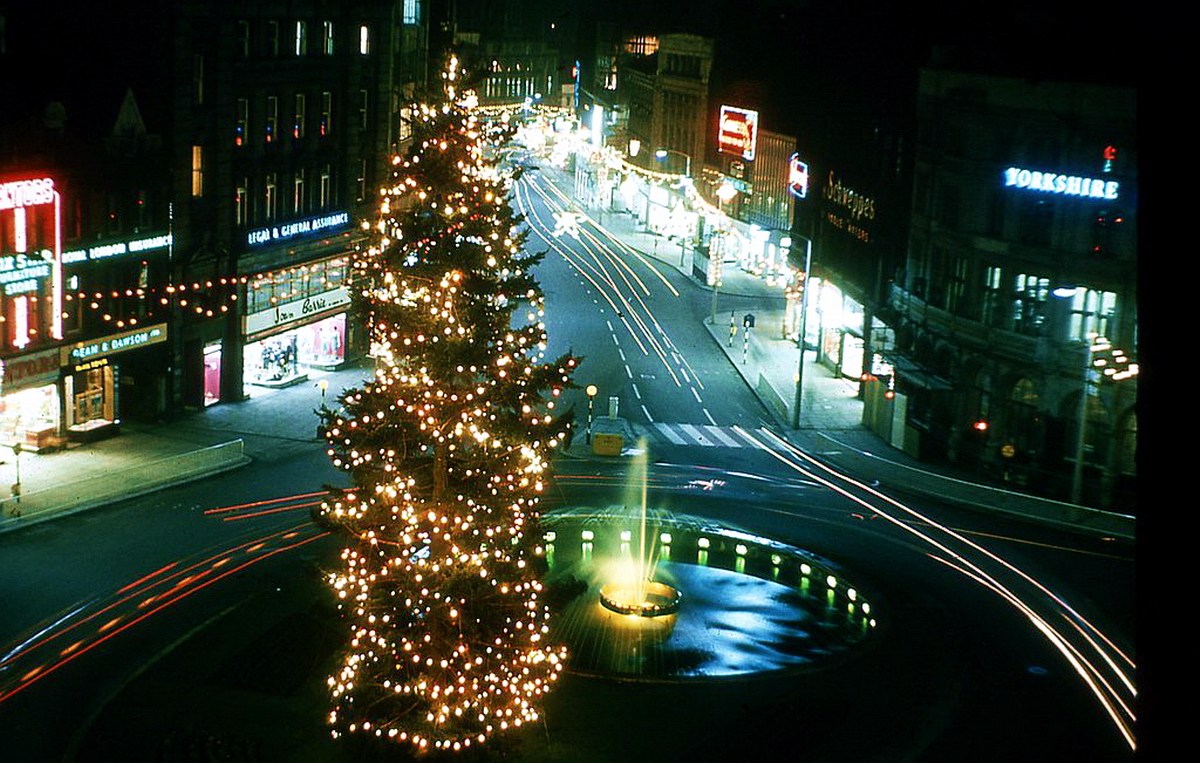
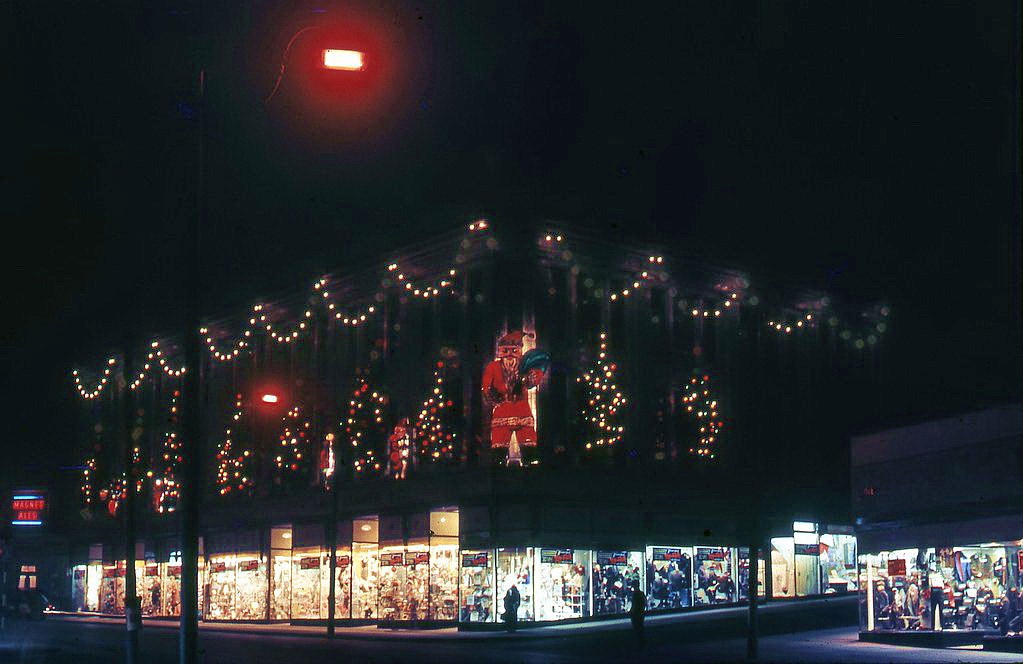
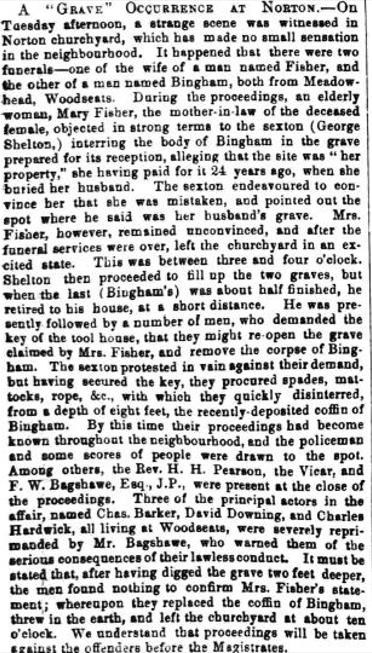
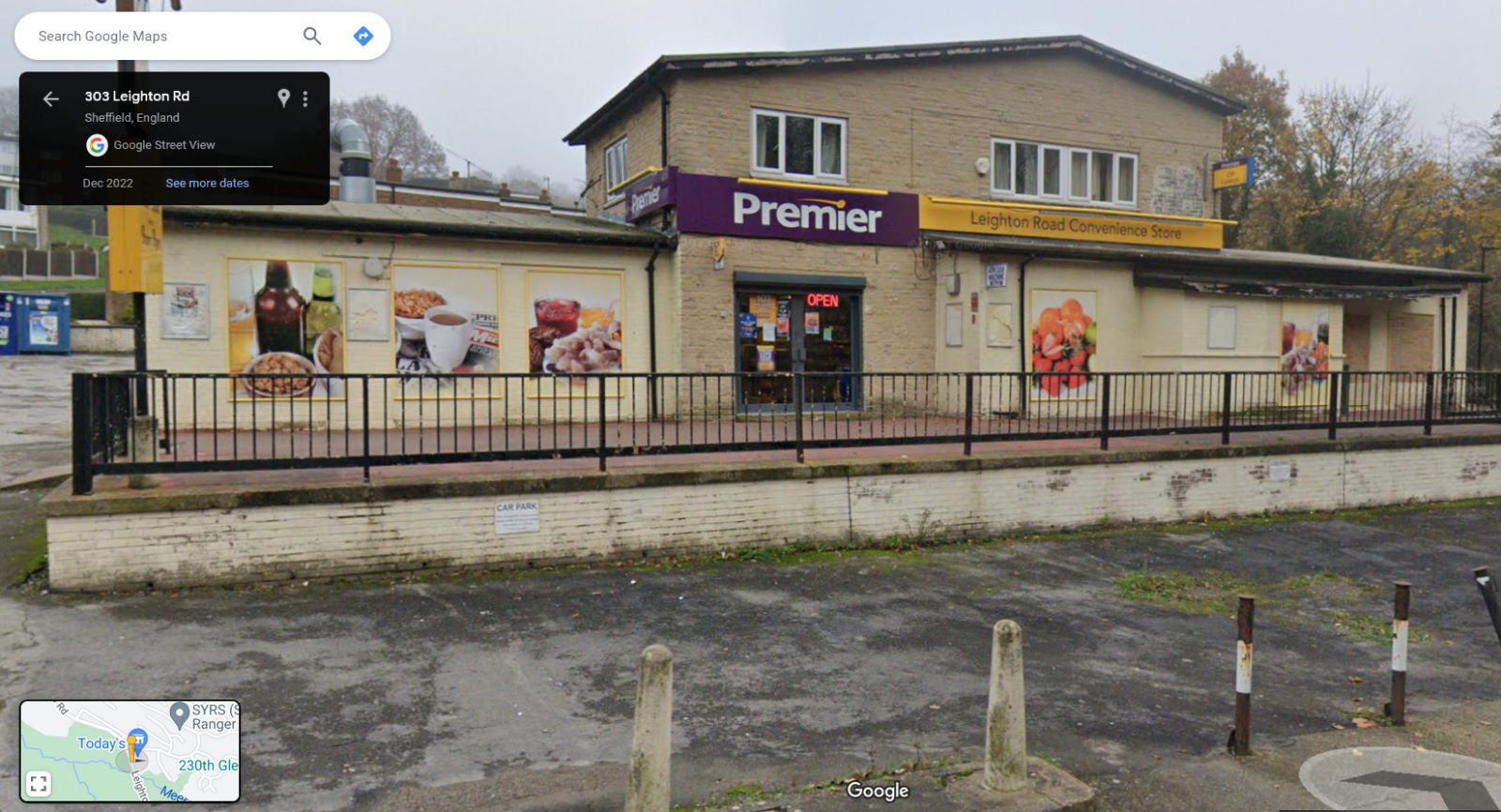
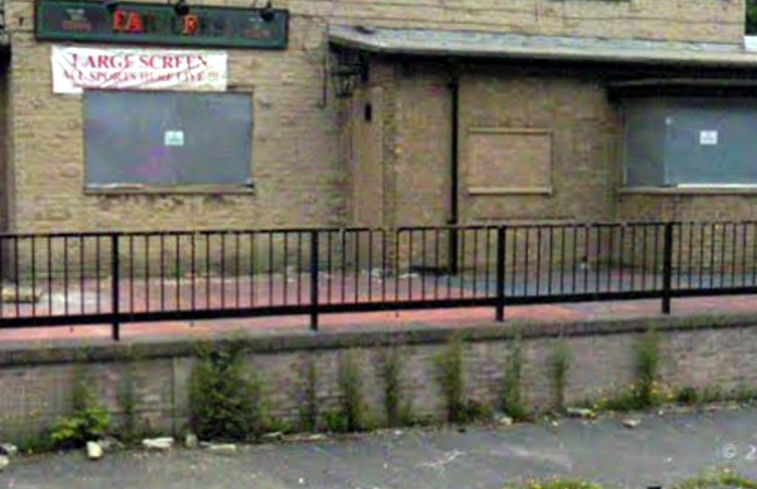
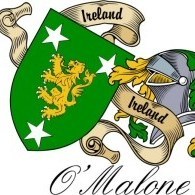
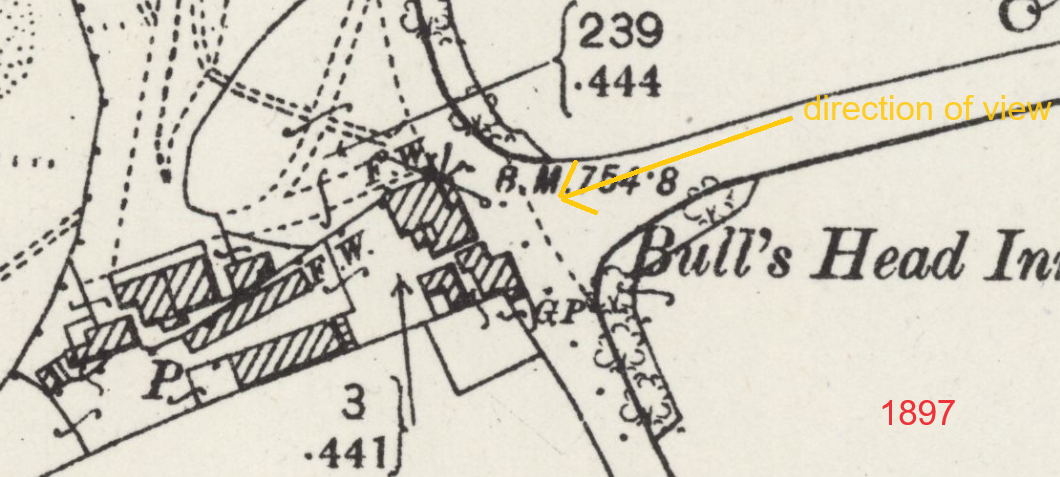
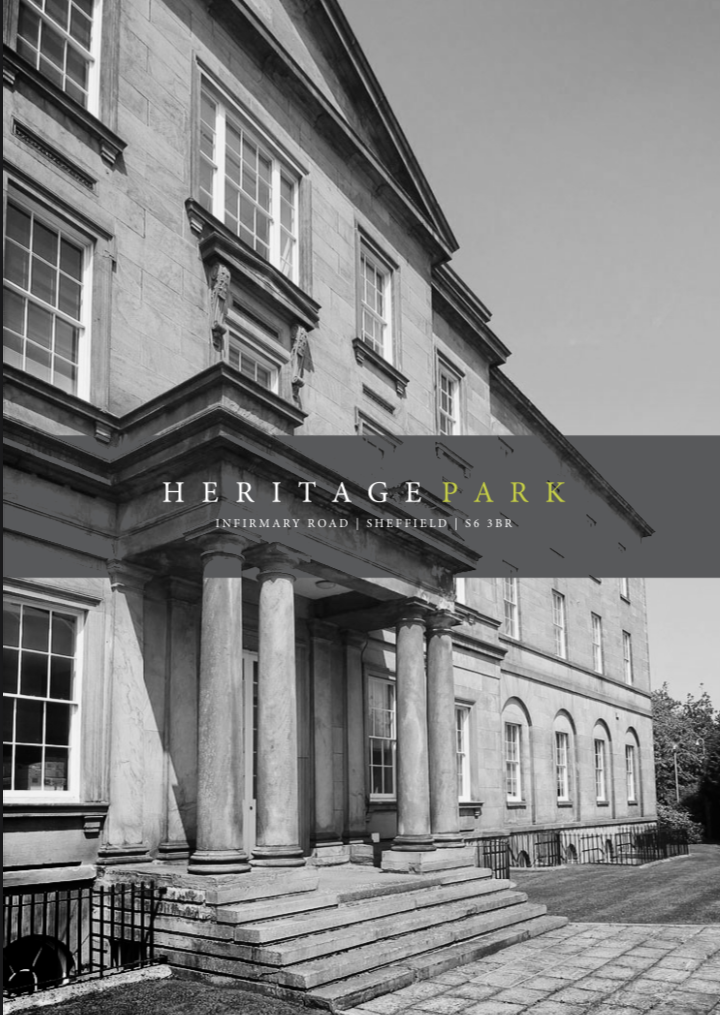
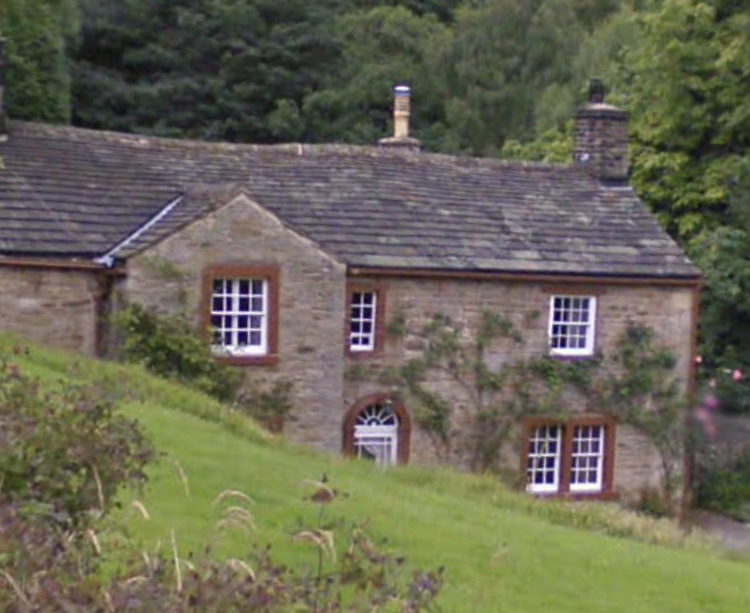
.jpg.402ee3c3c7a2750393d0dc700f235ca1.jpg)
